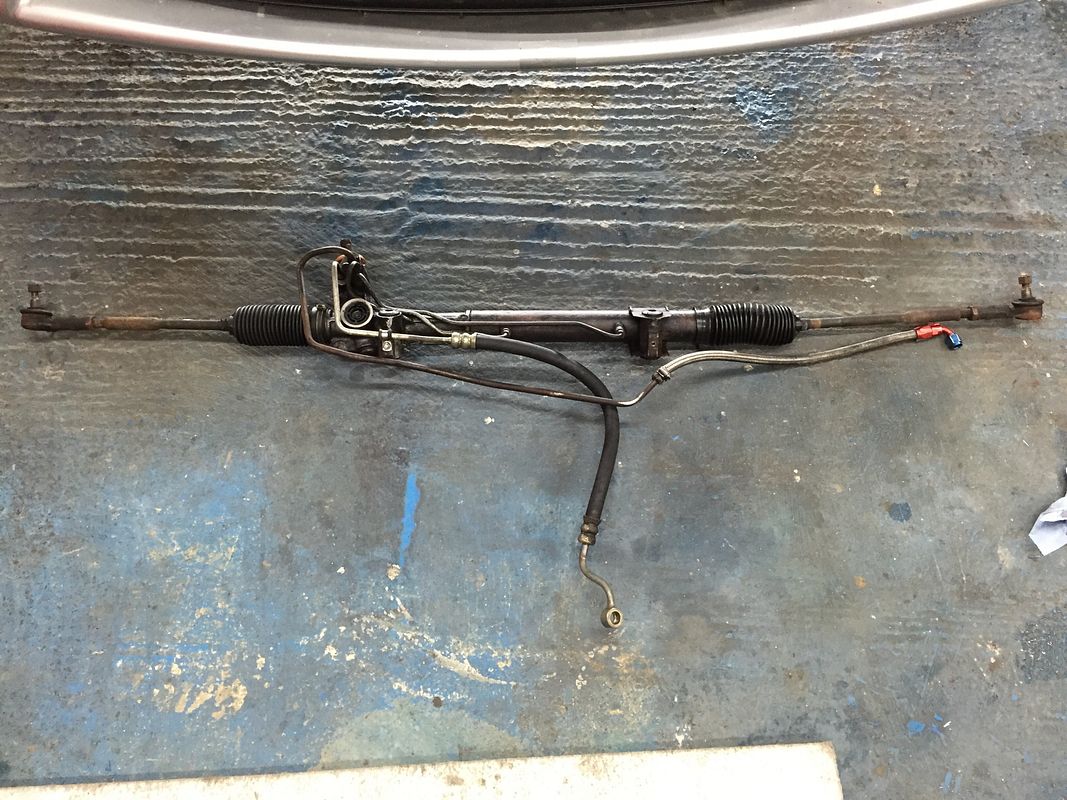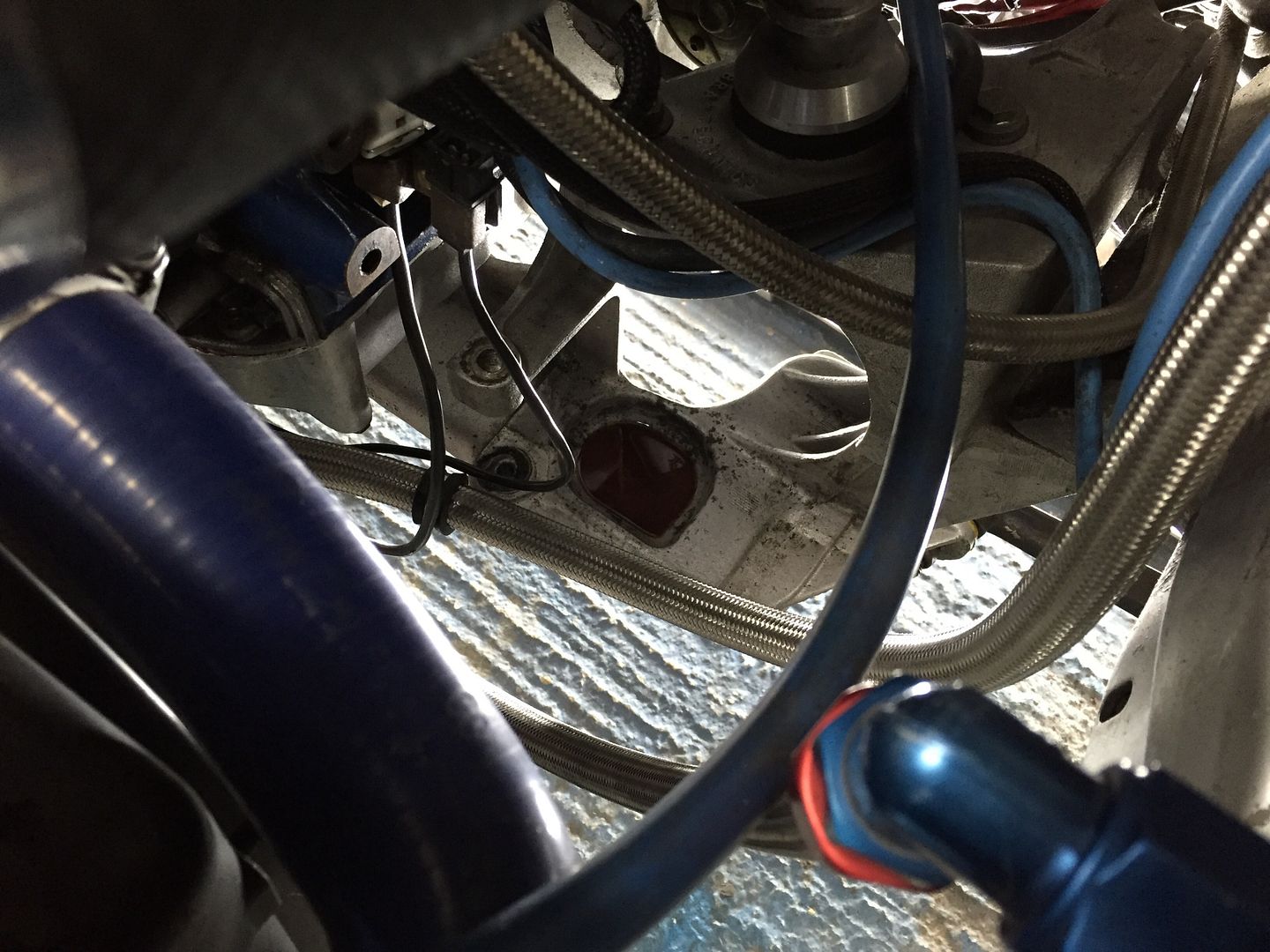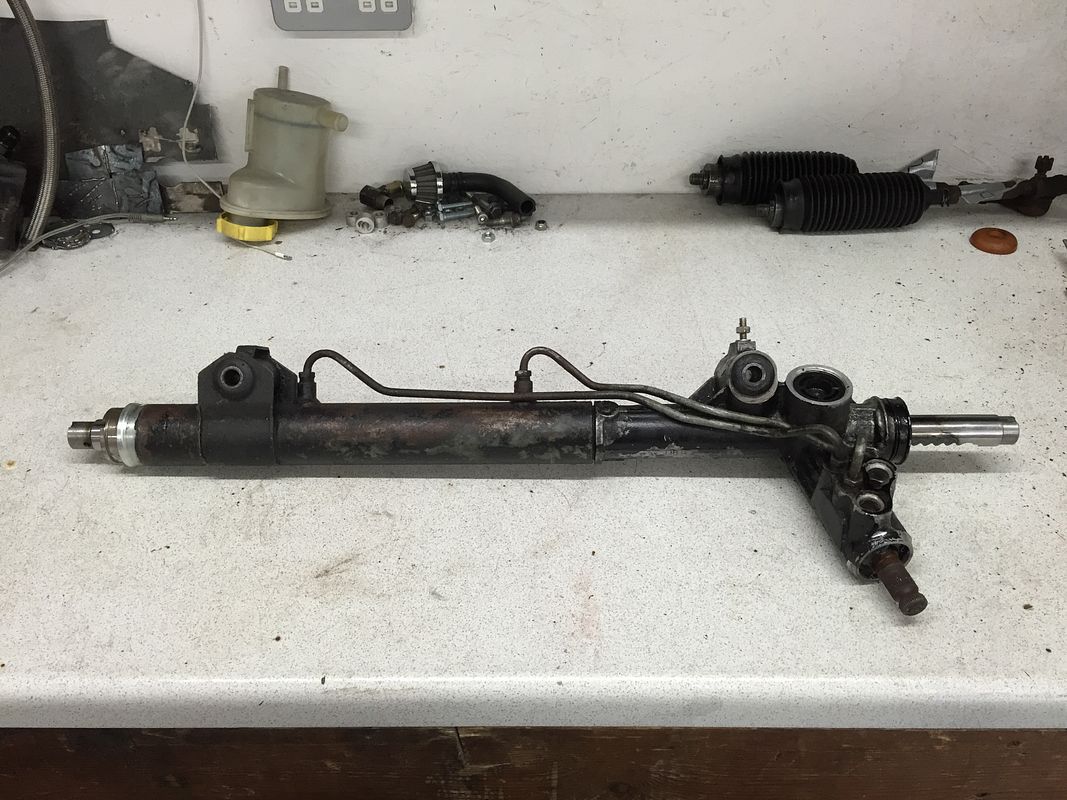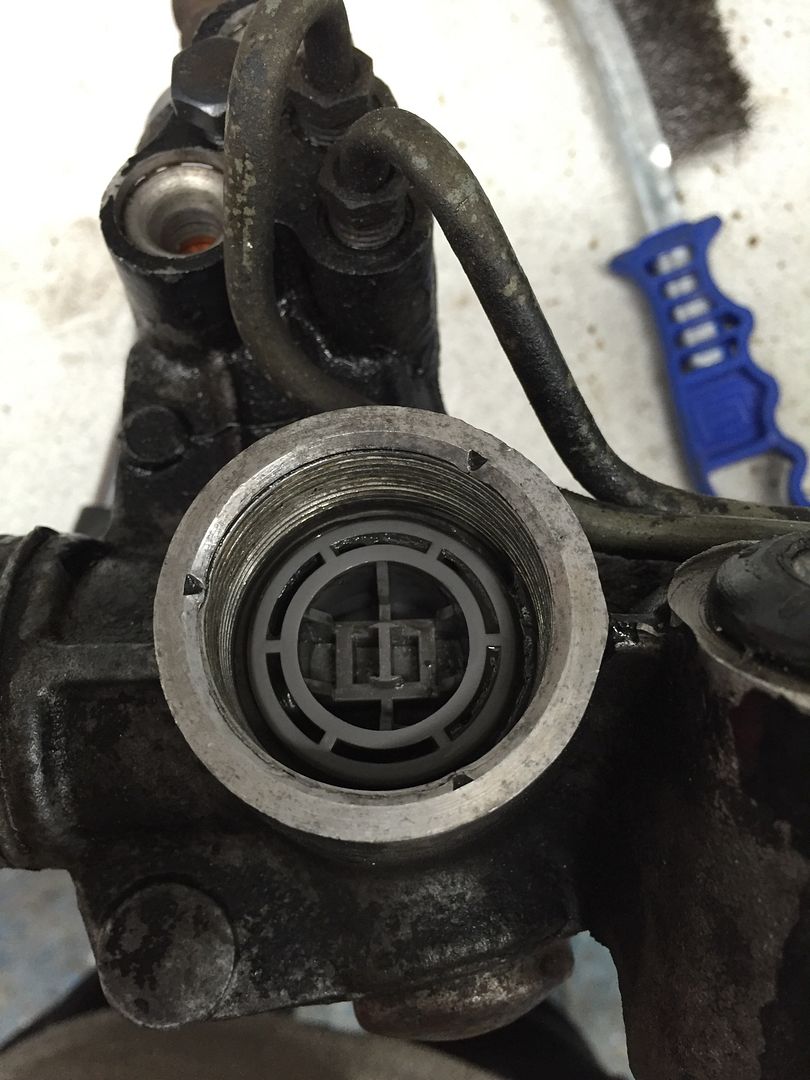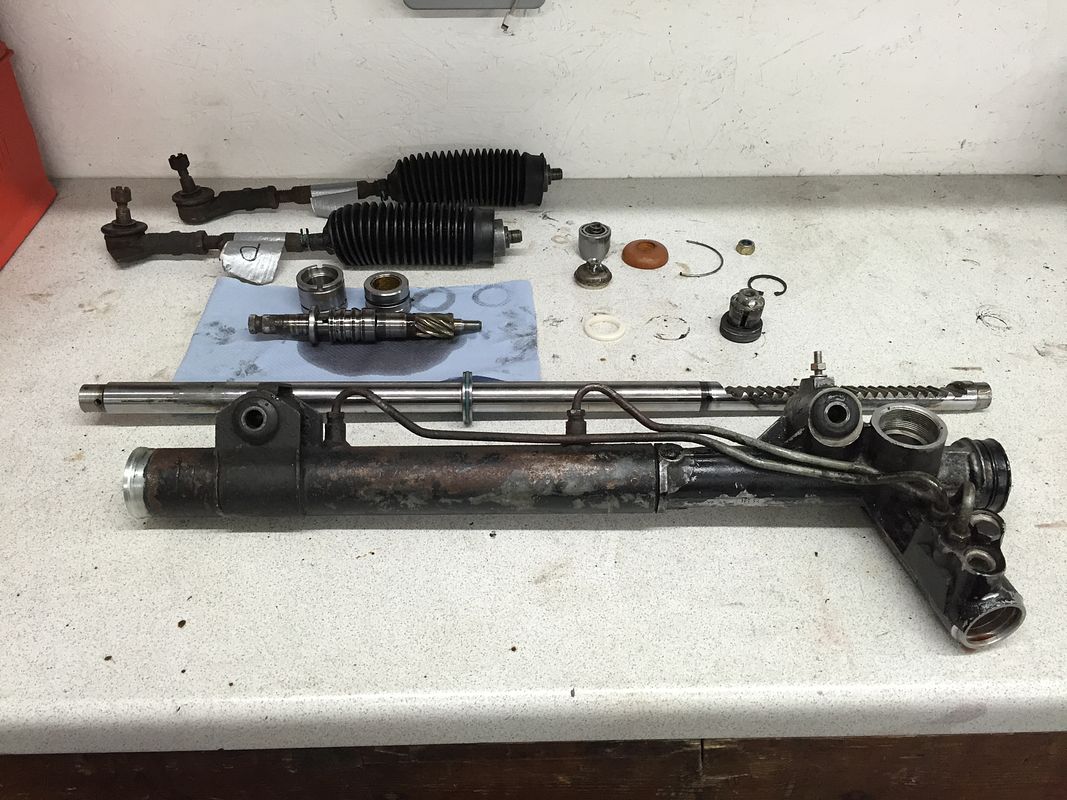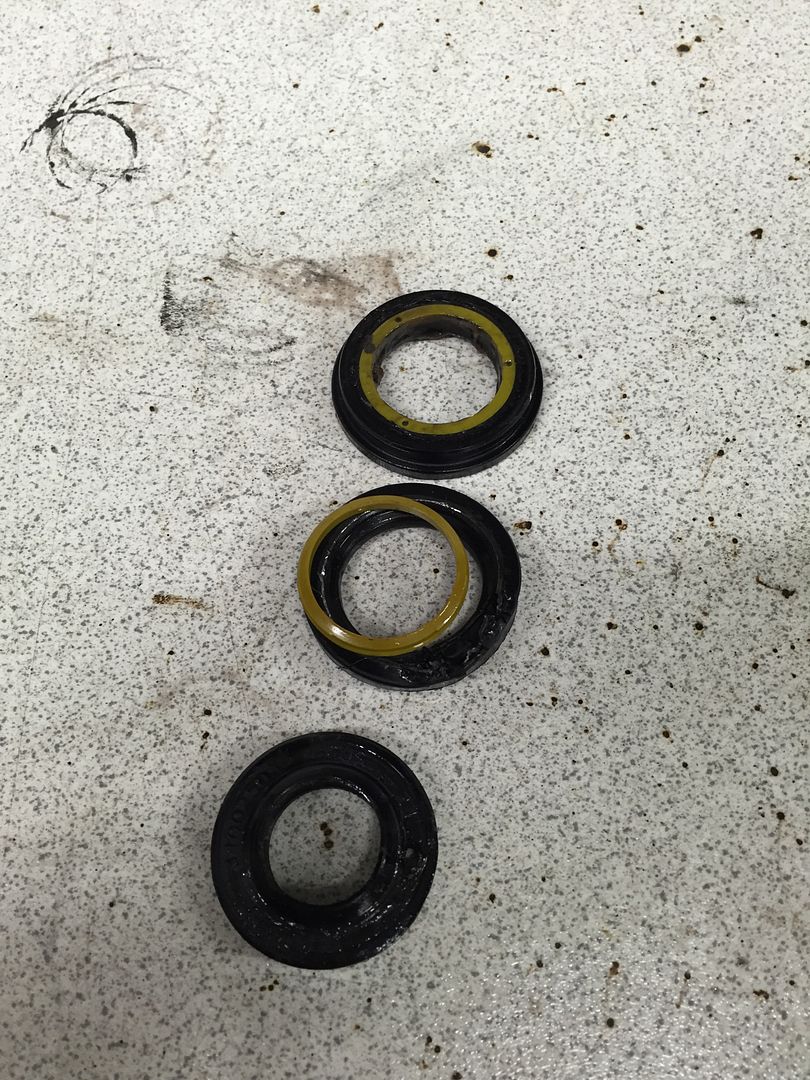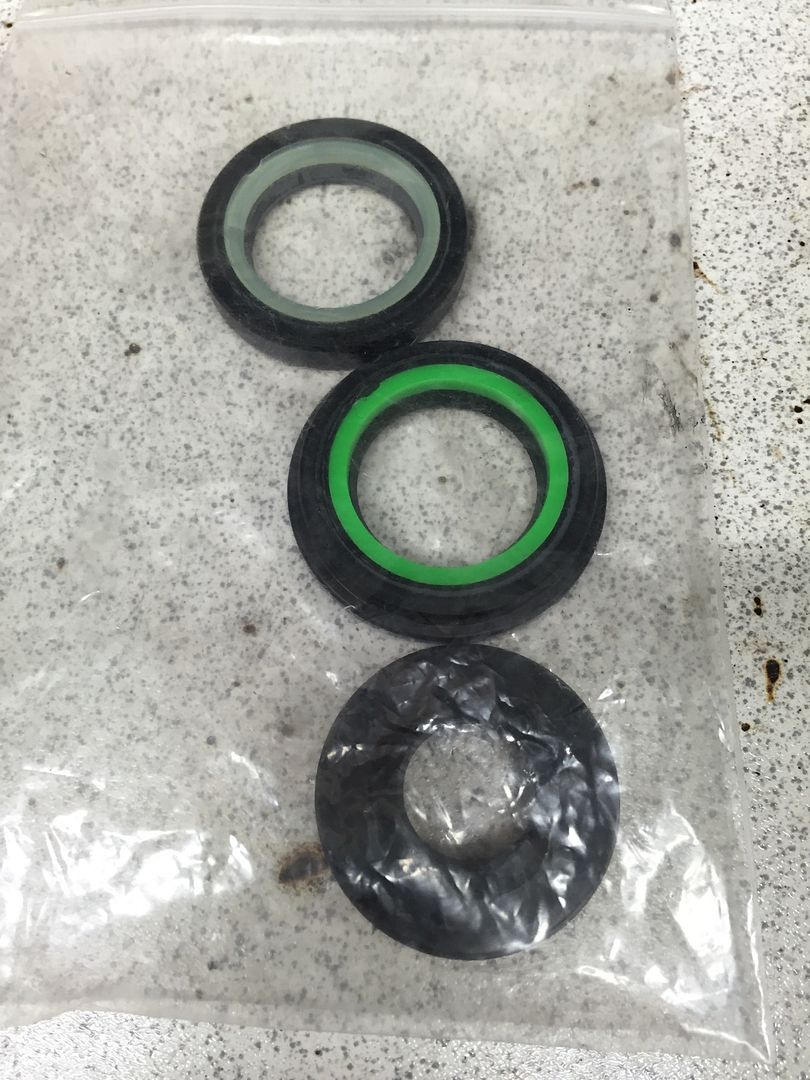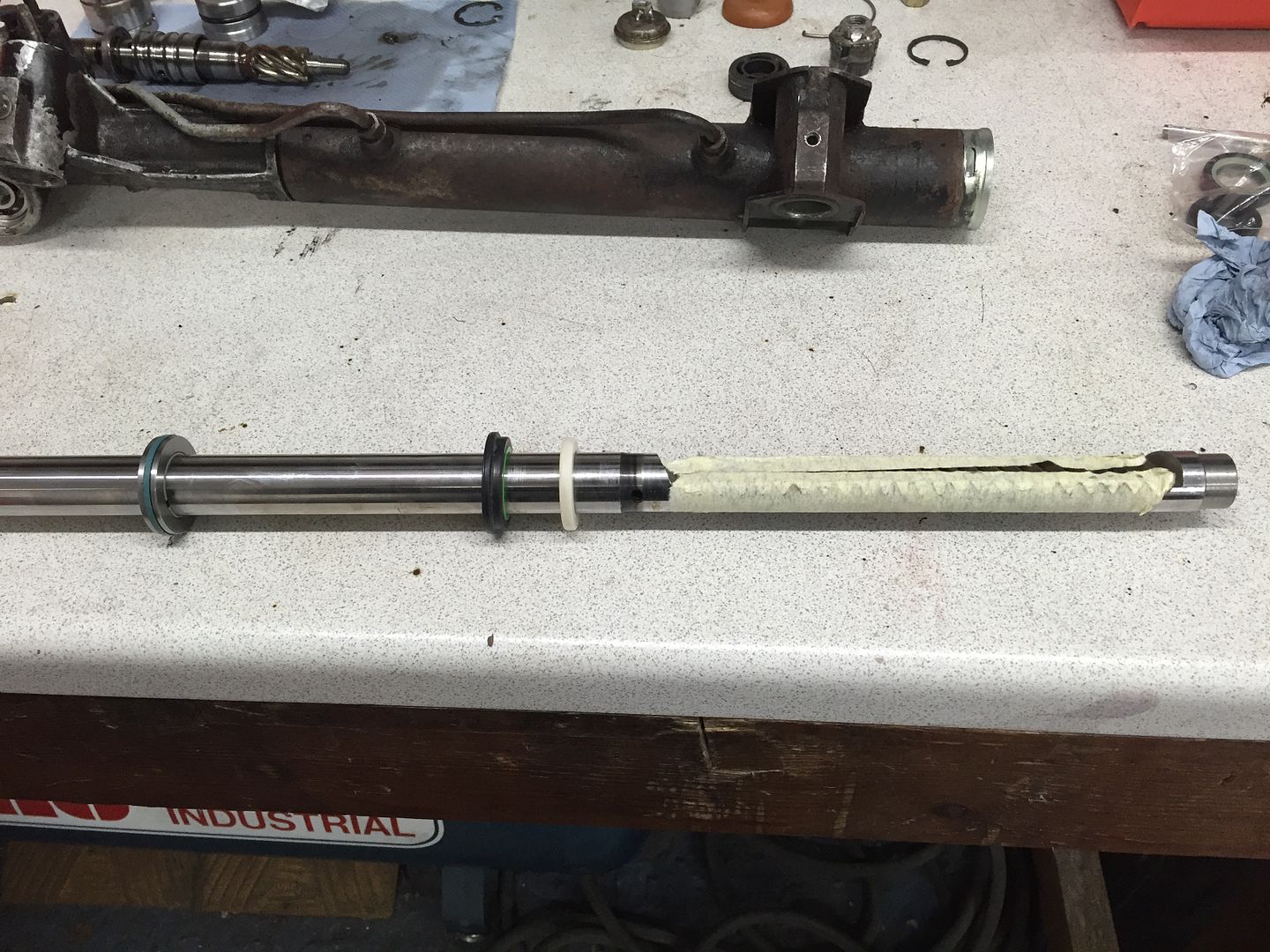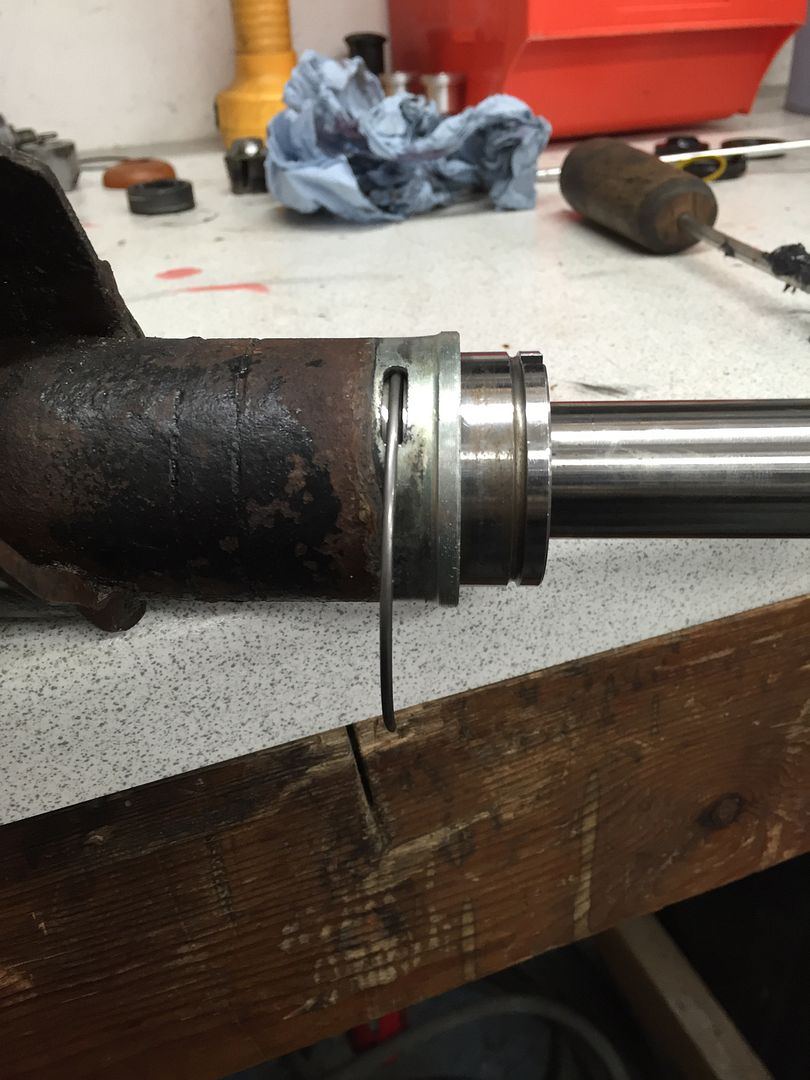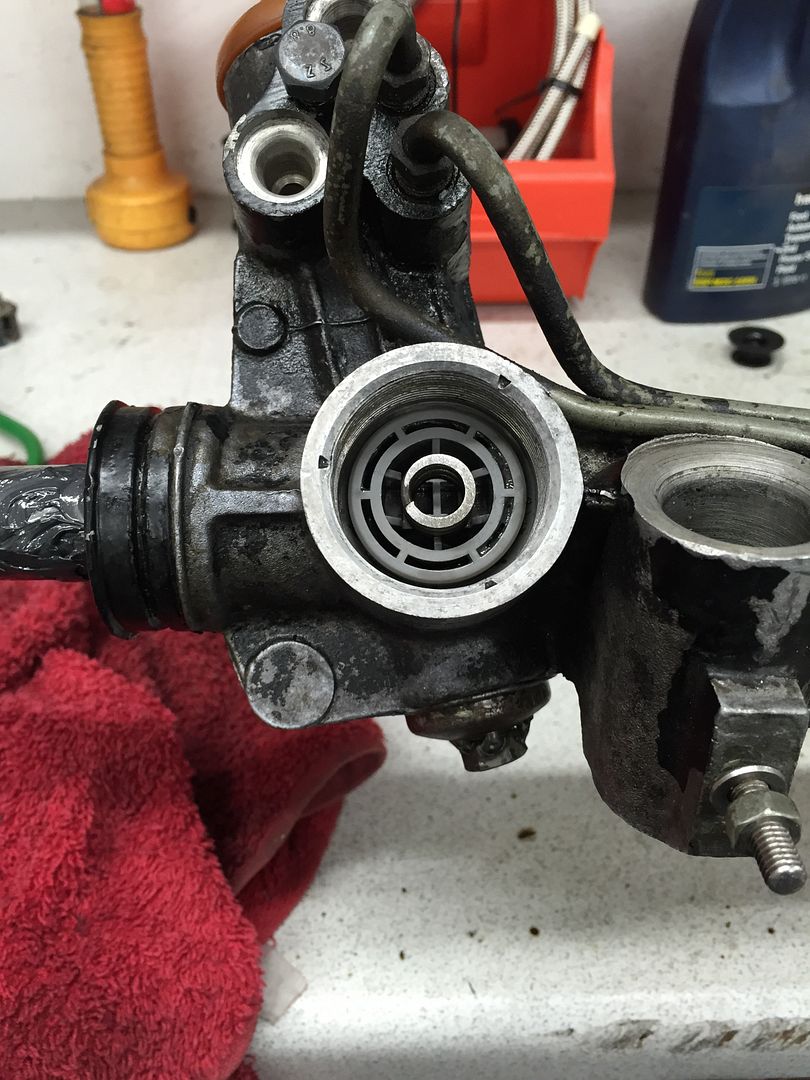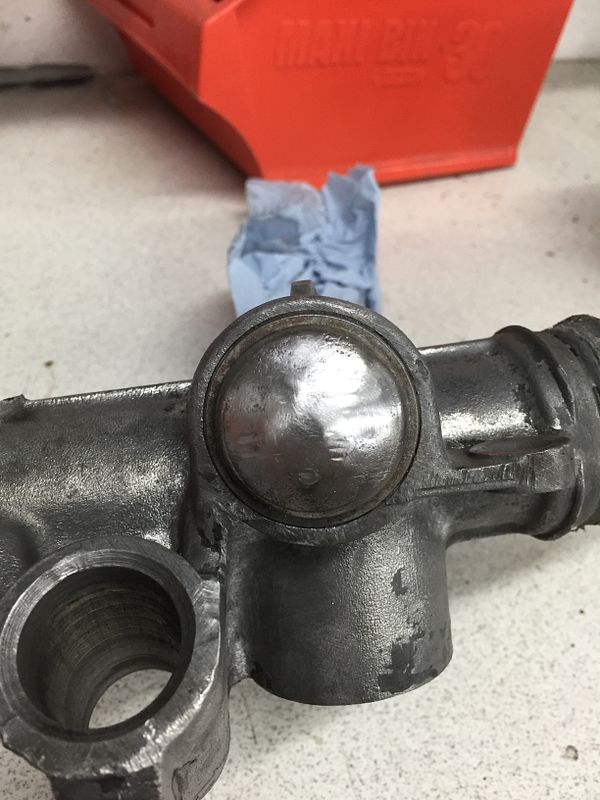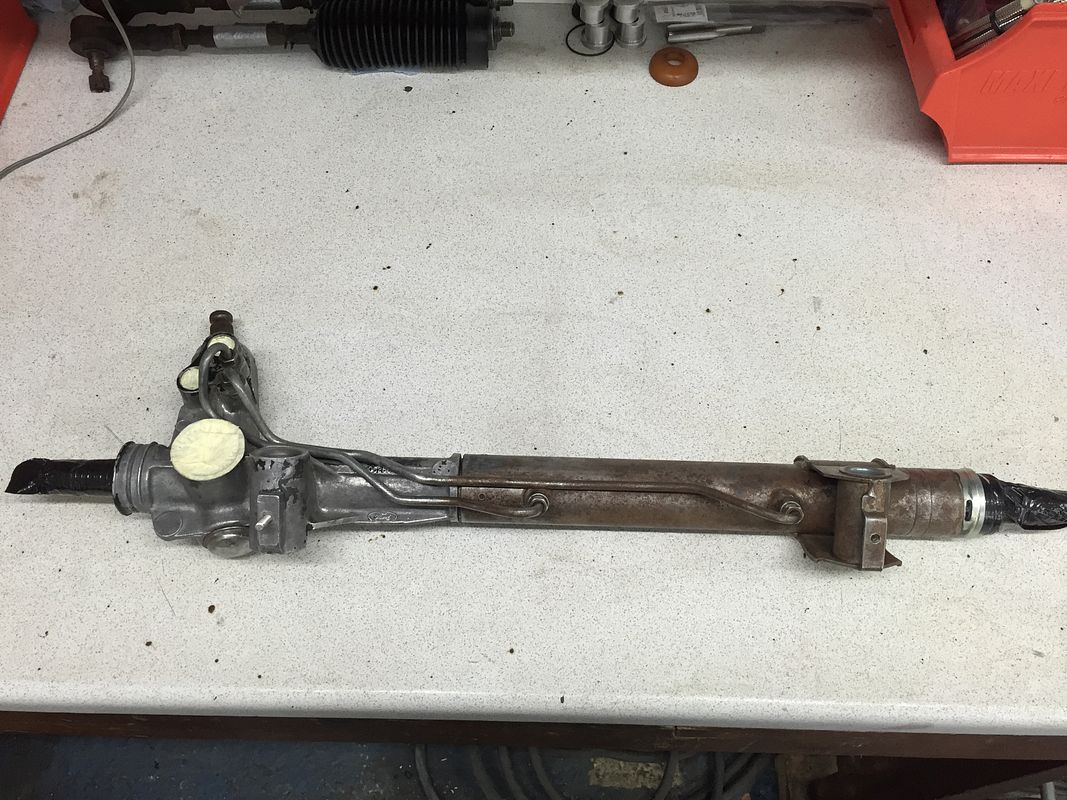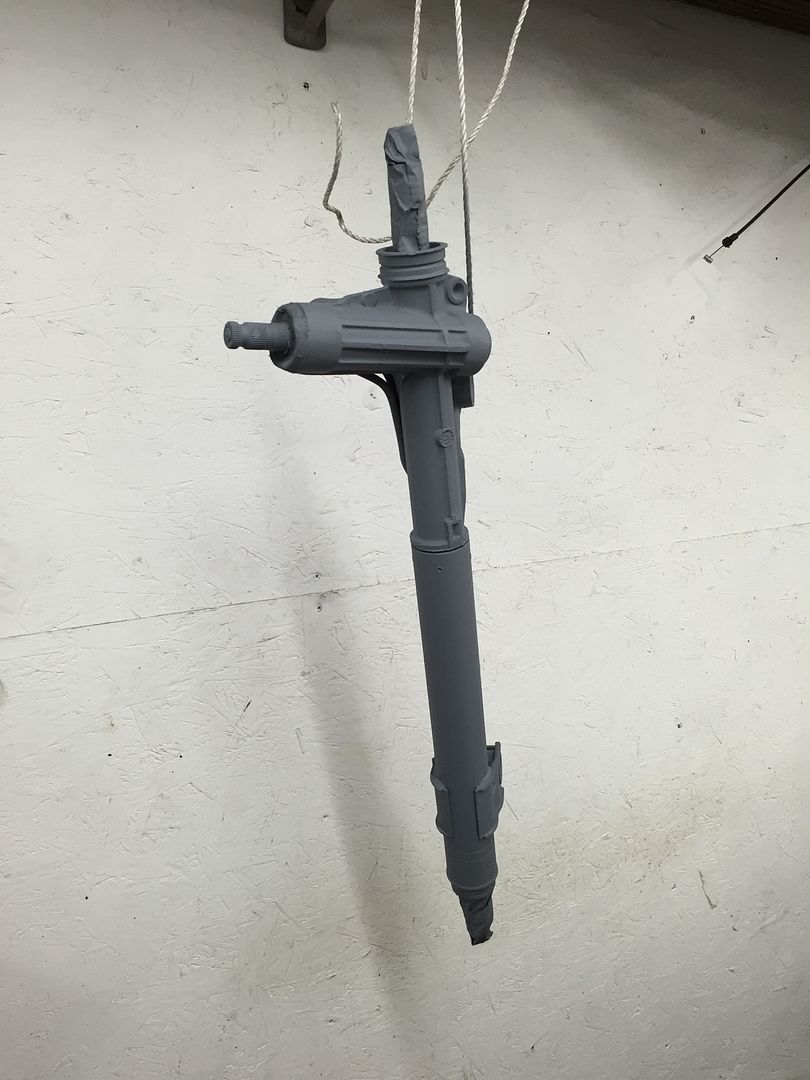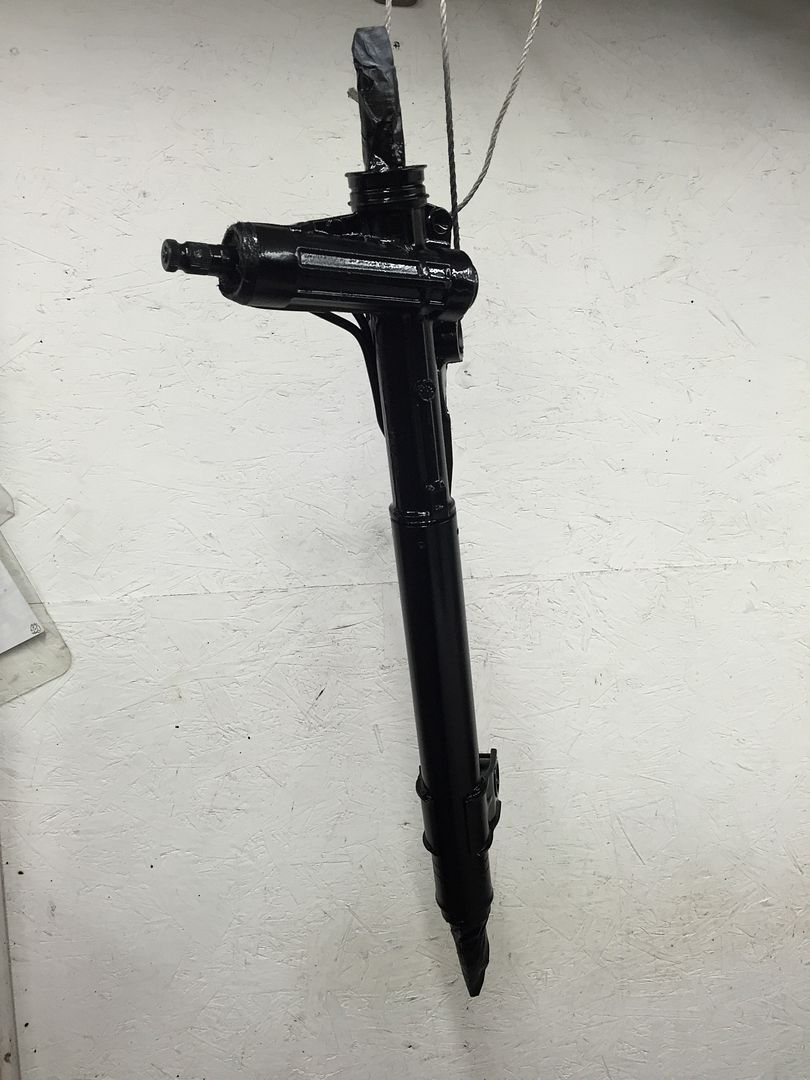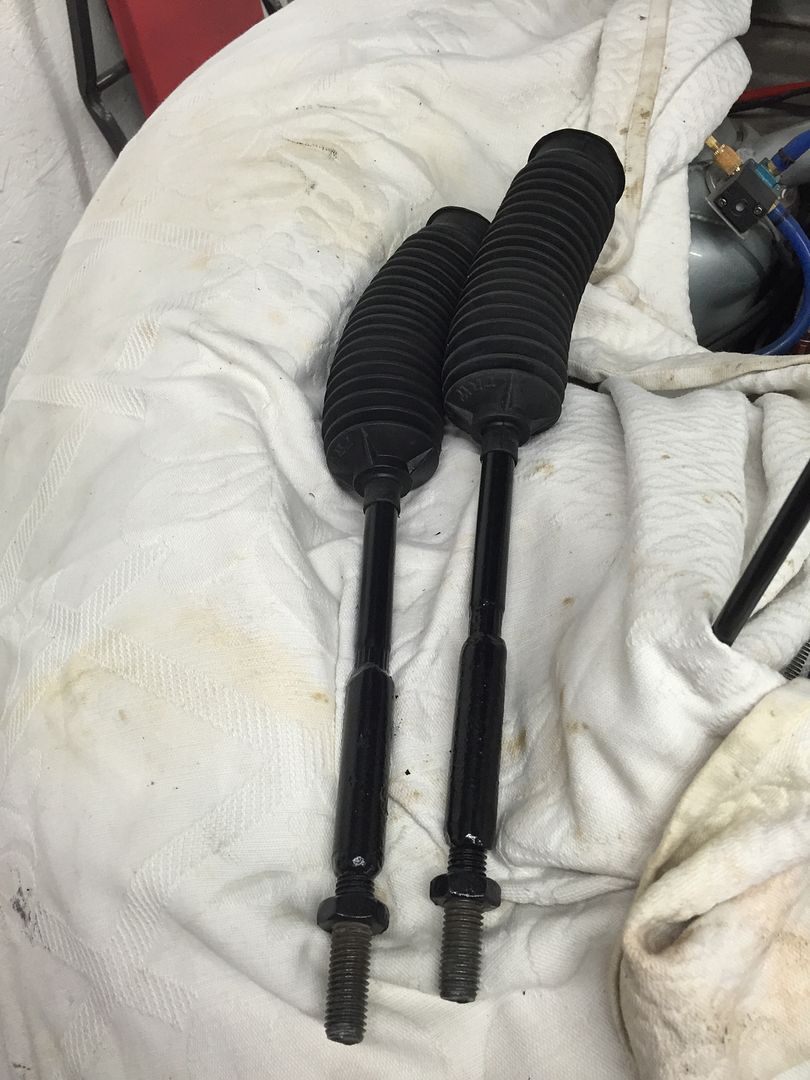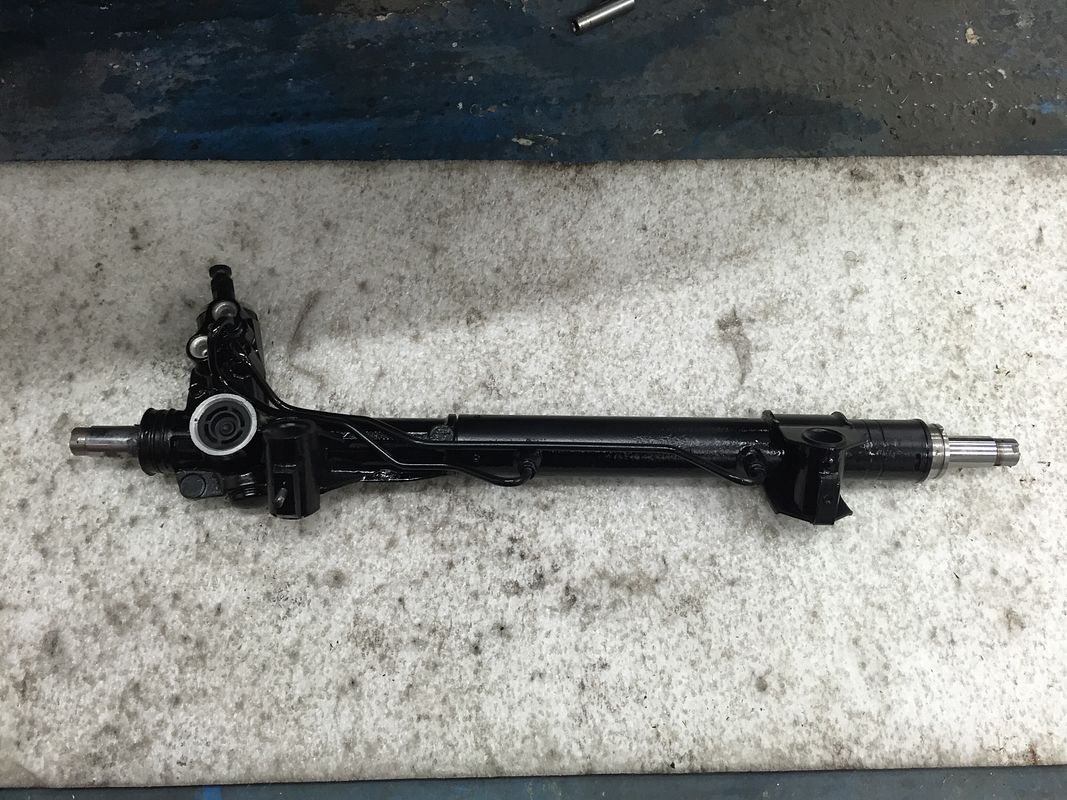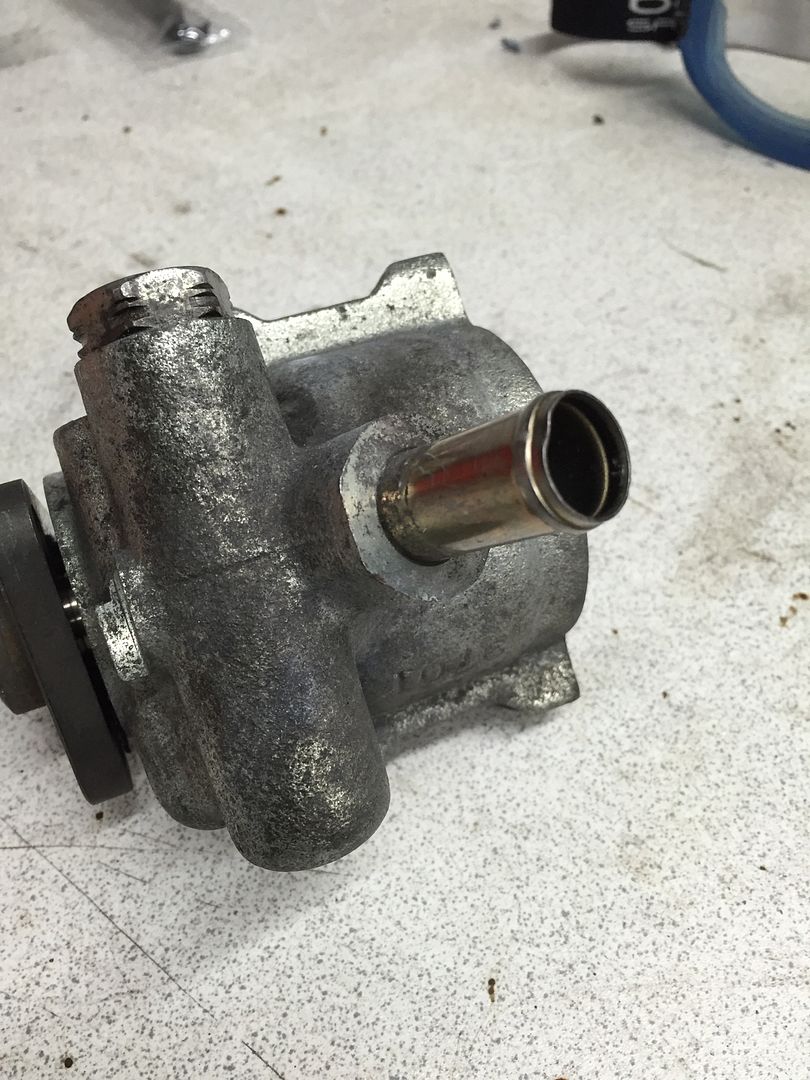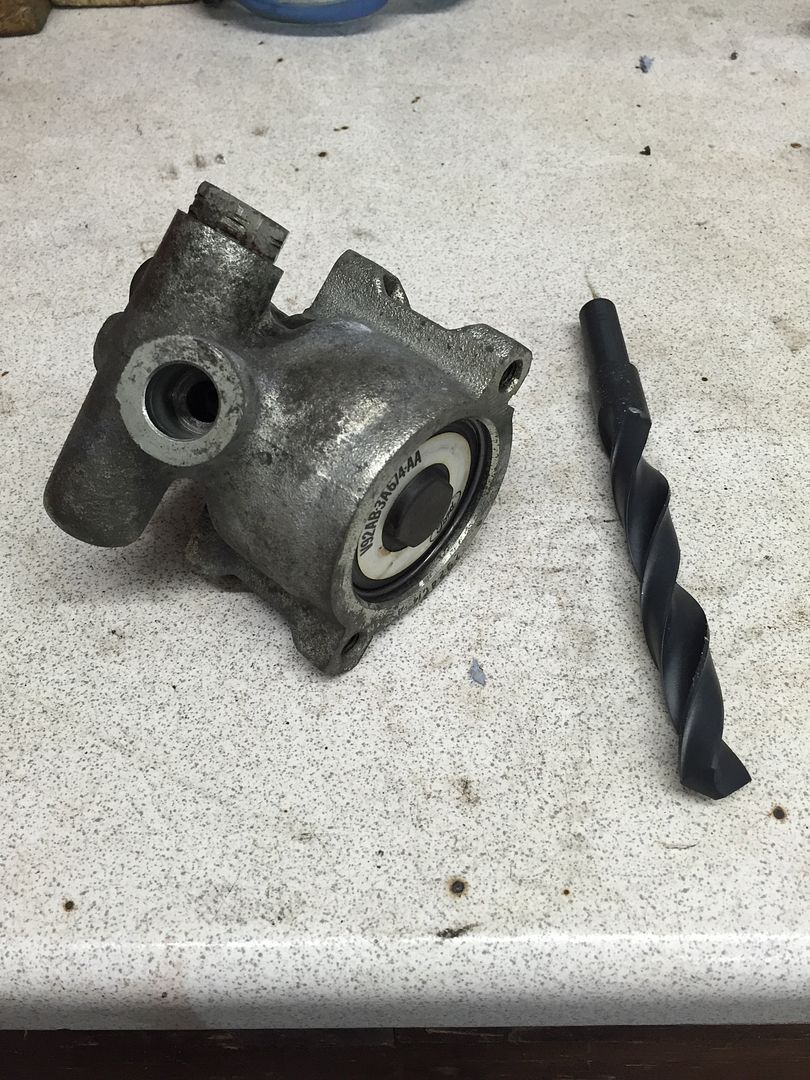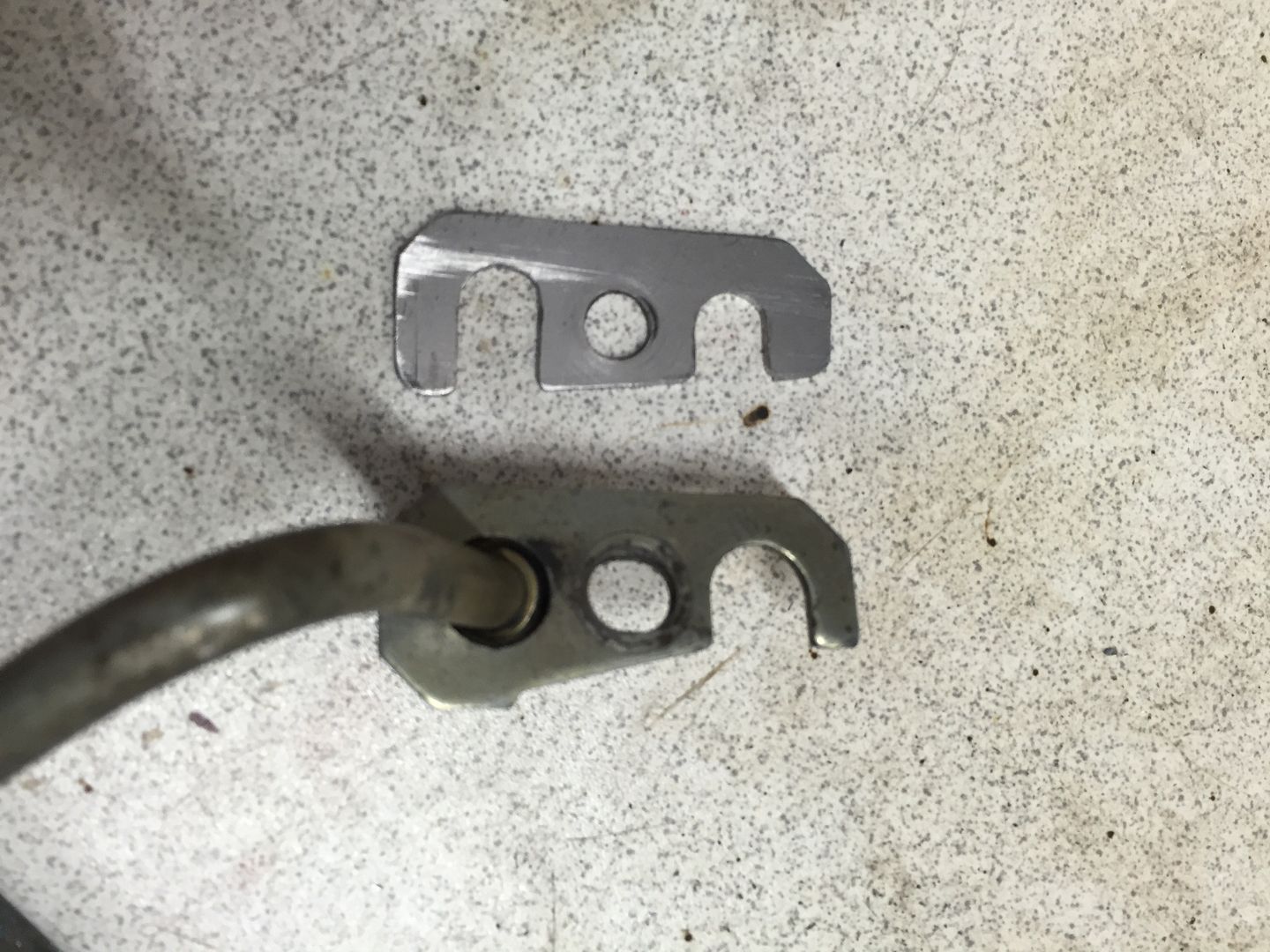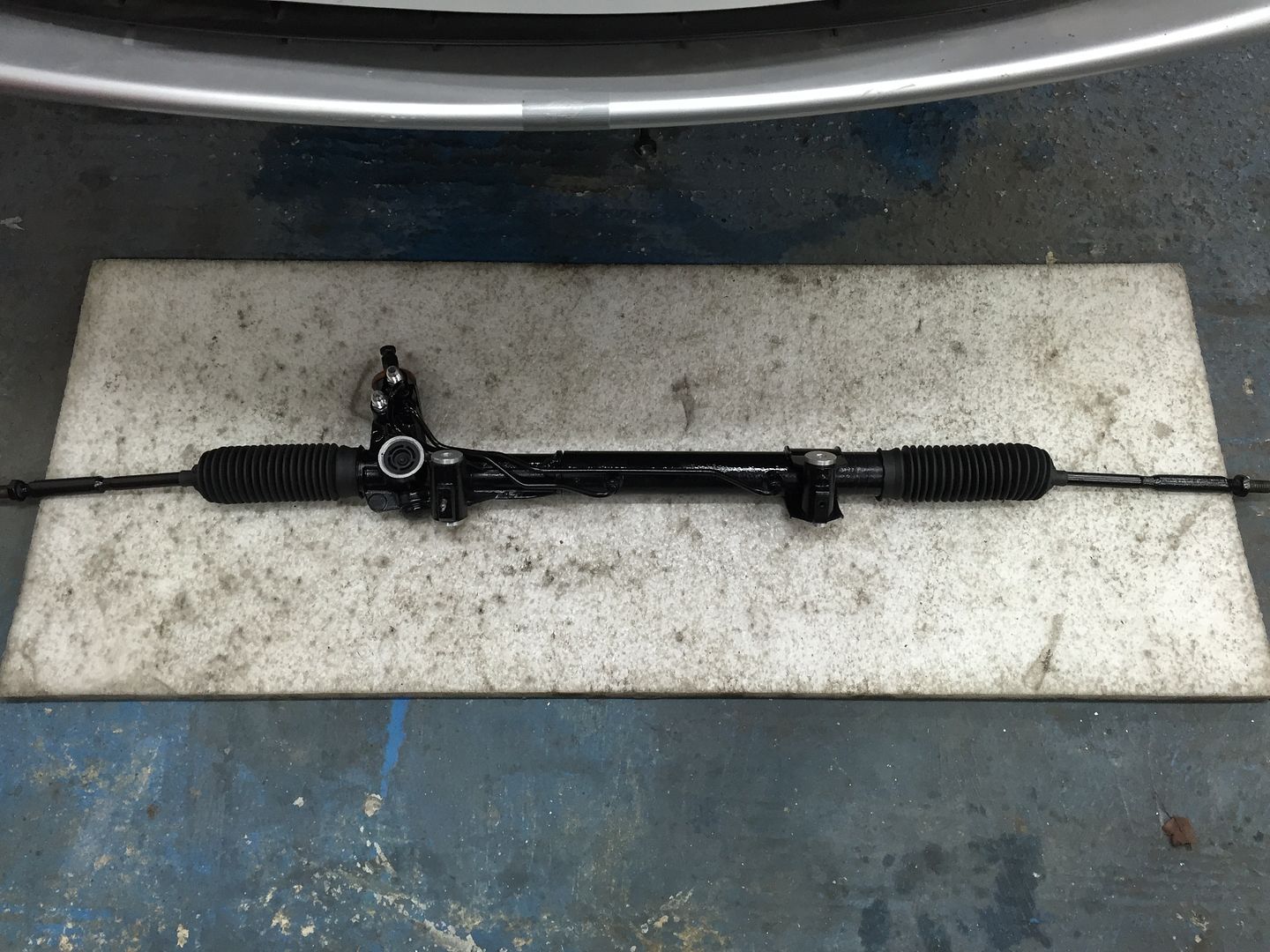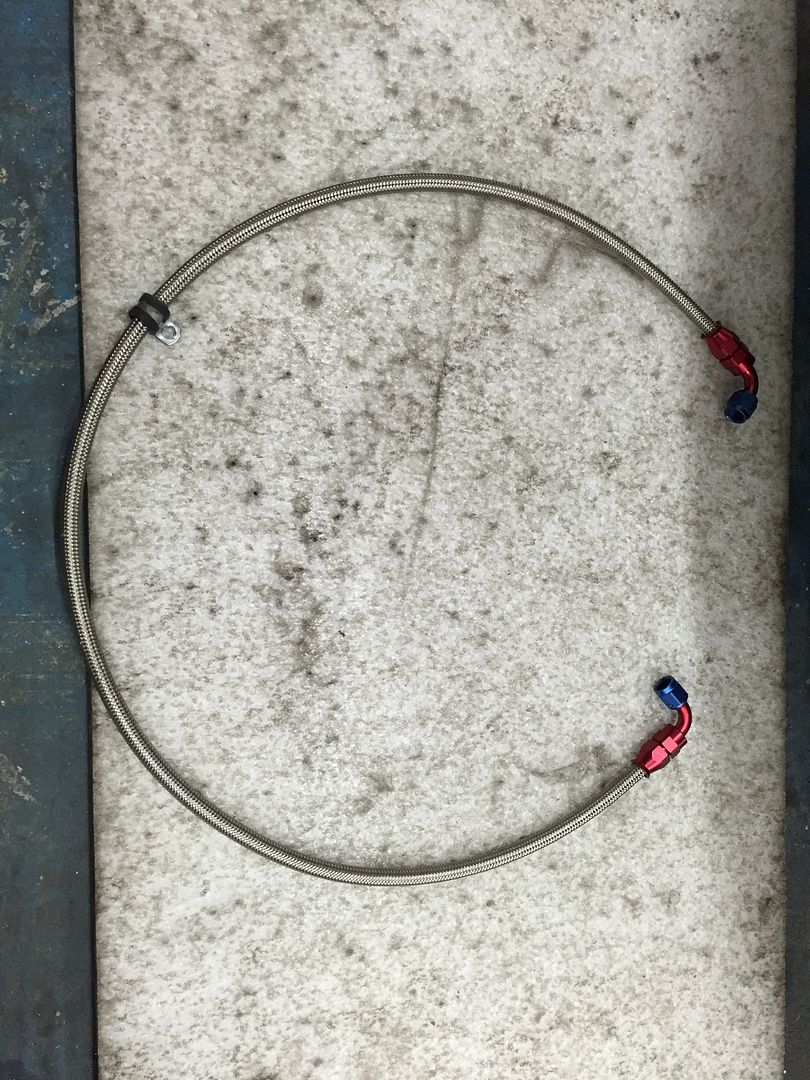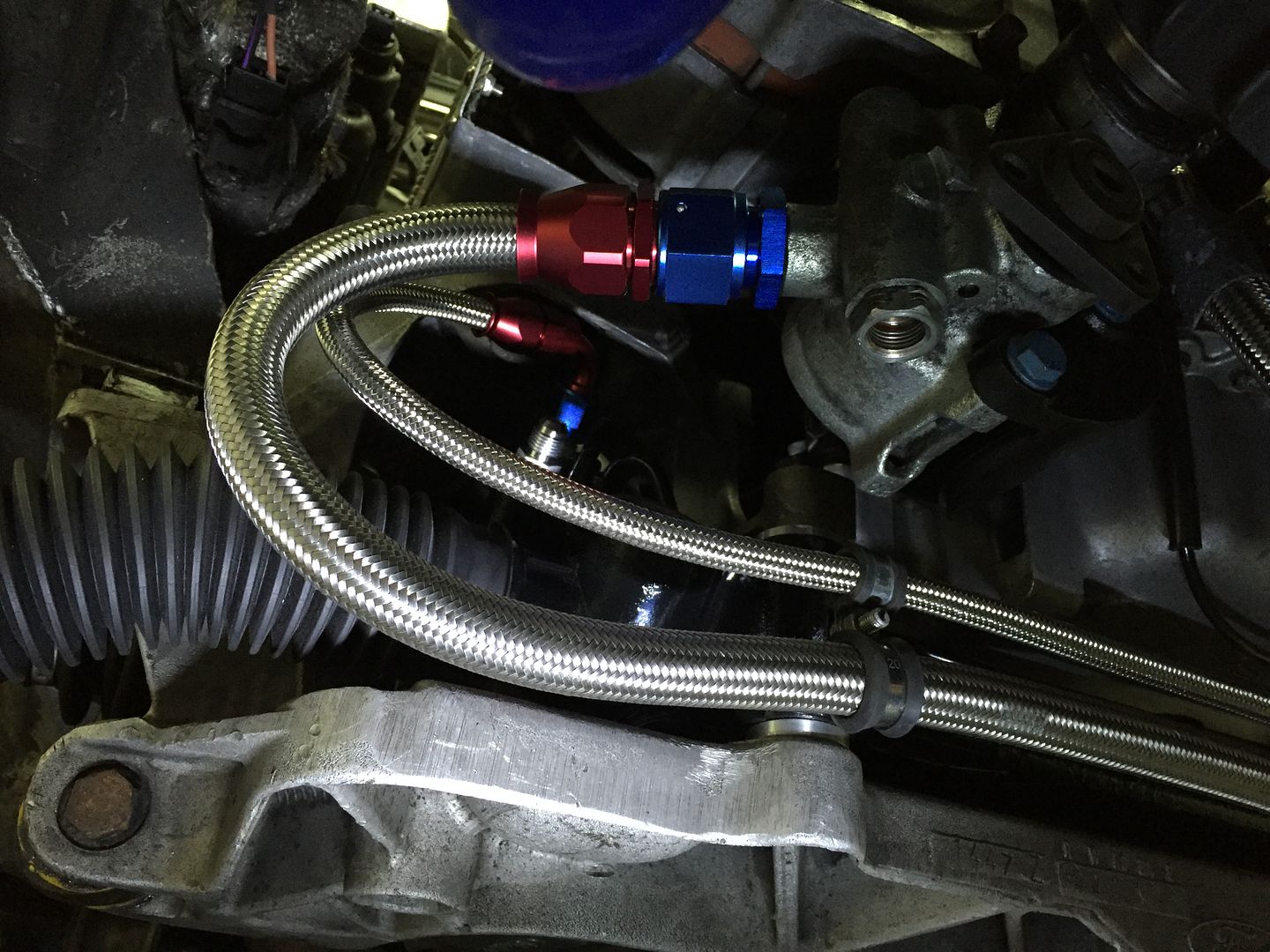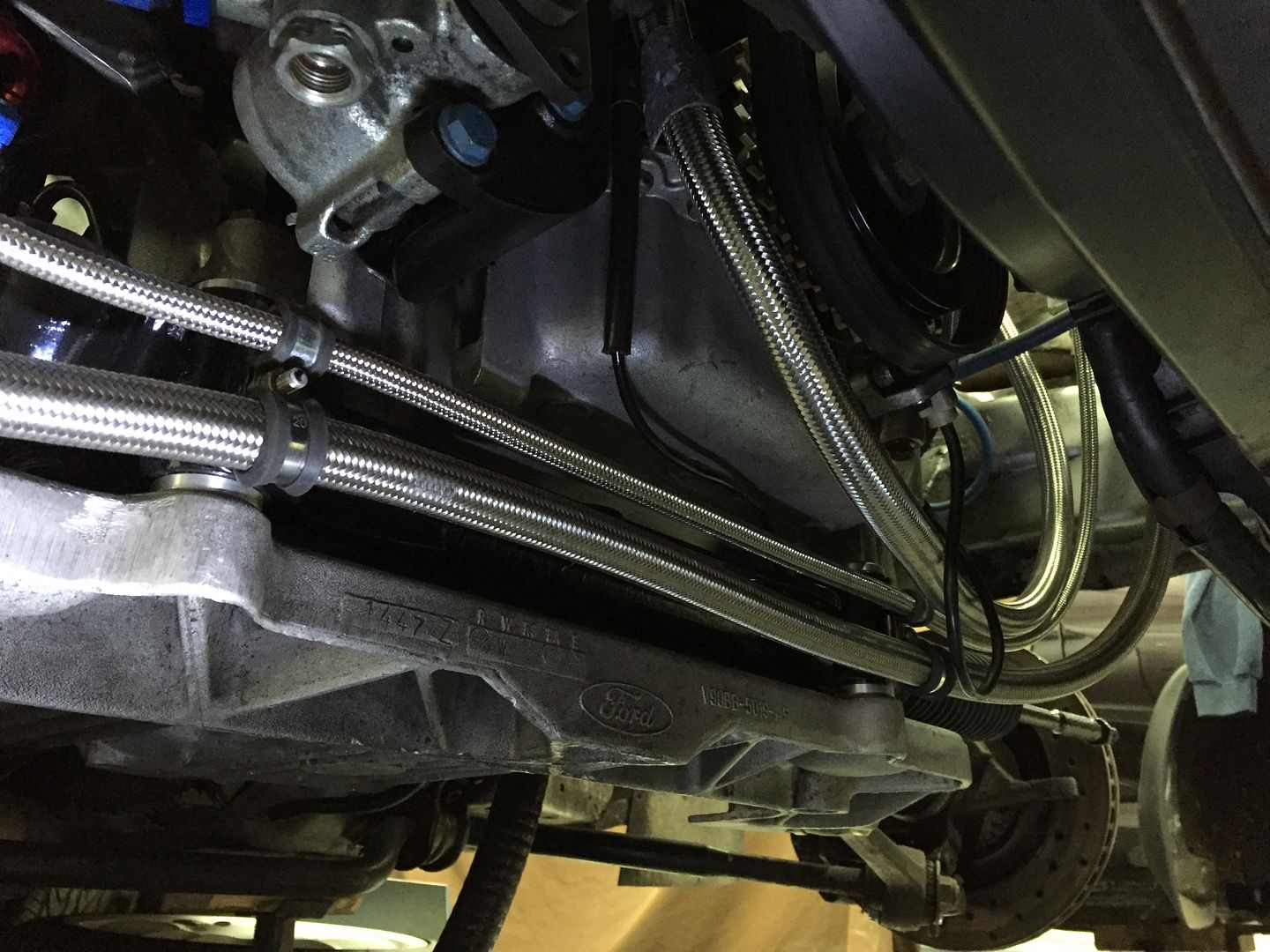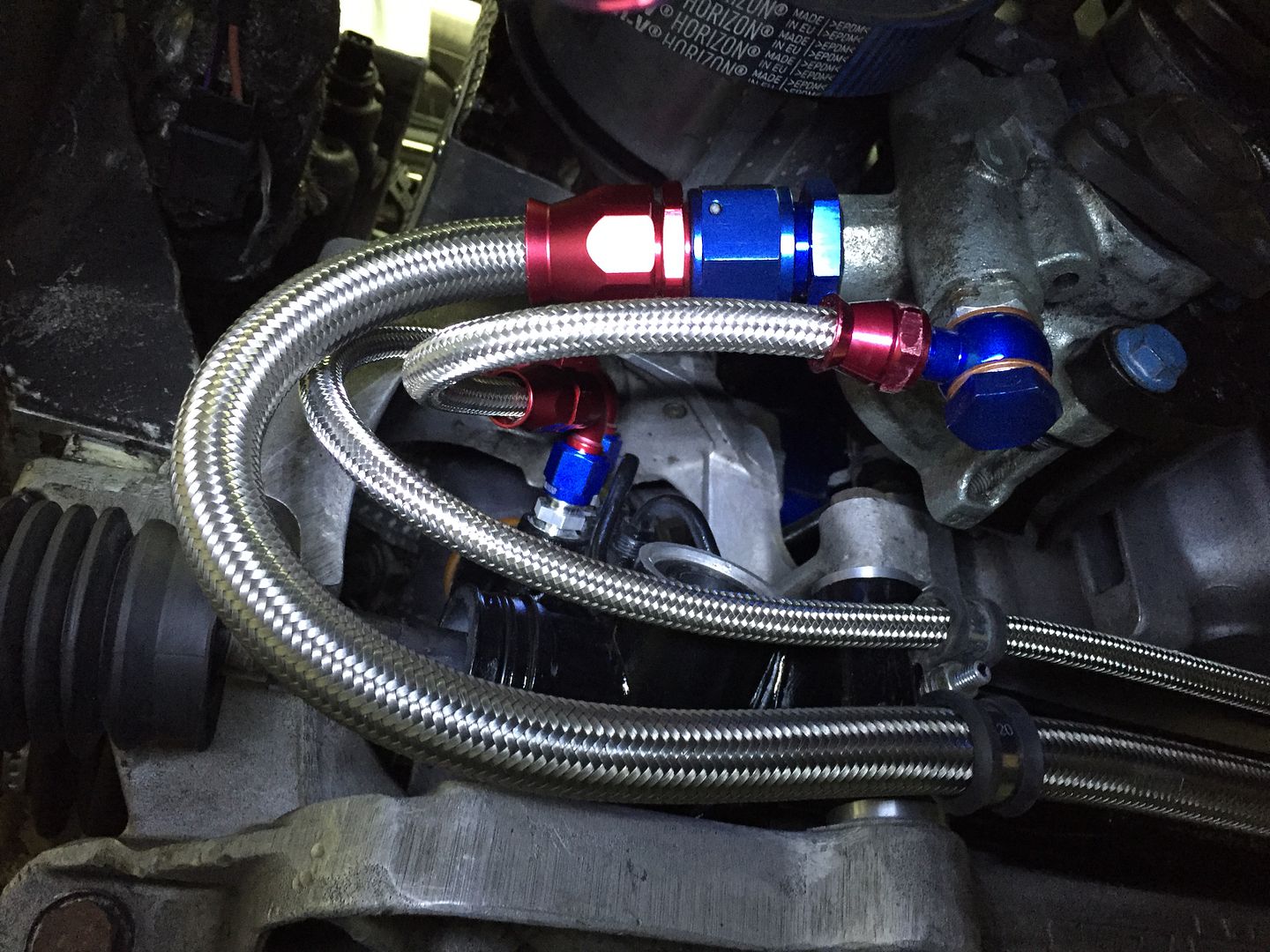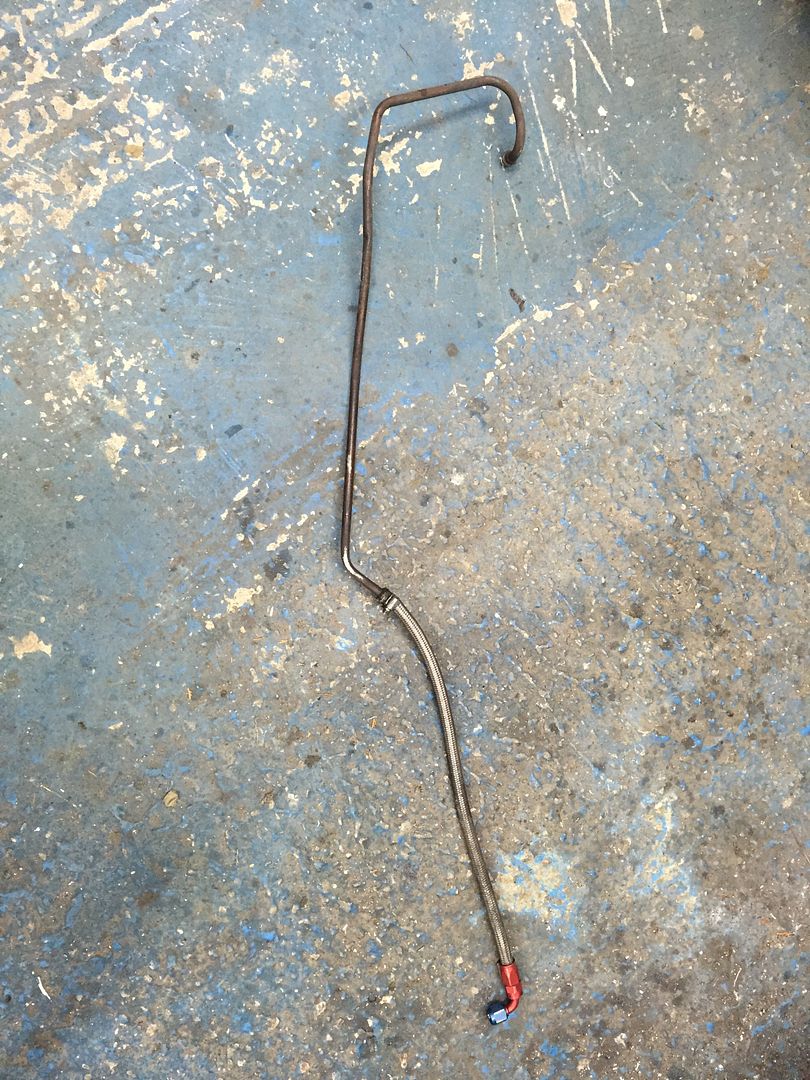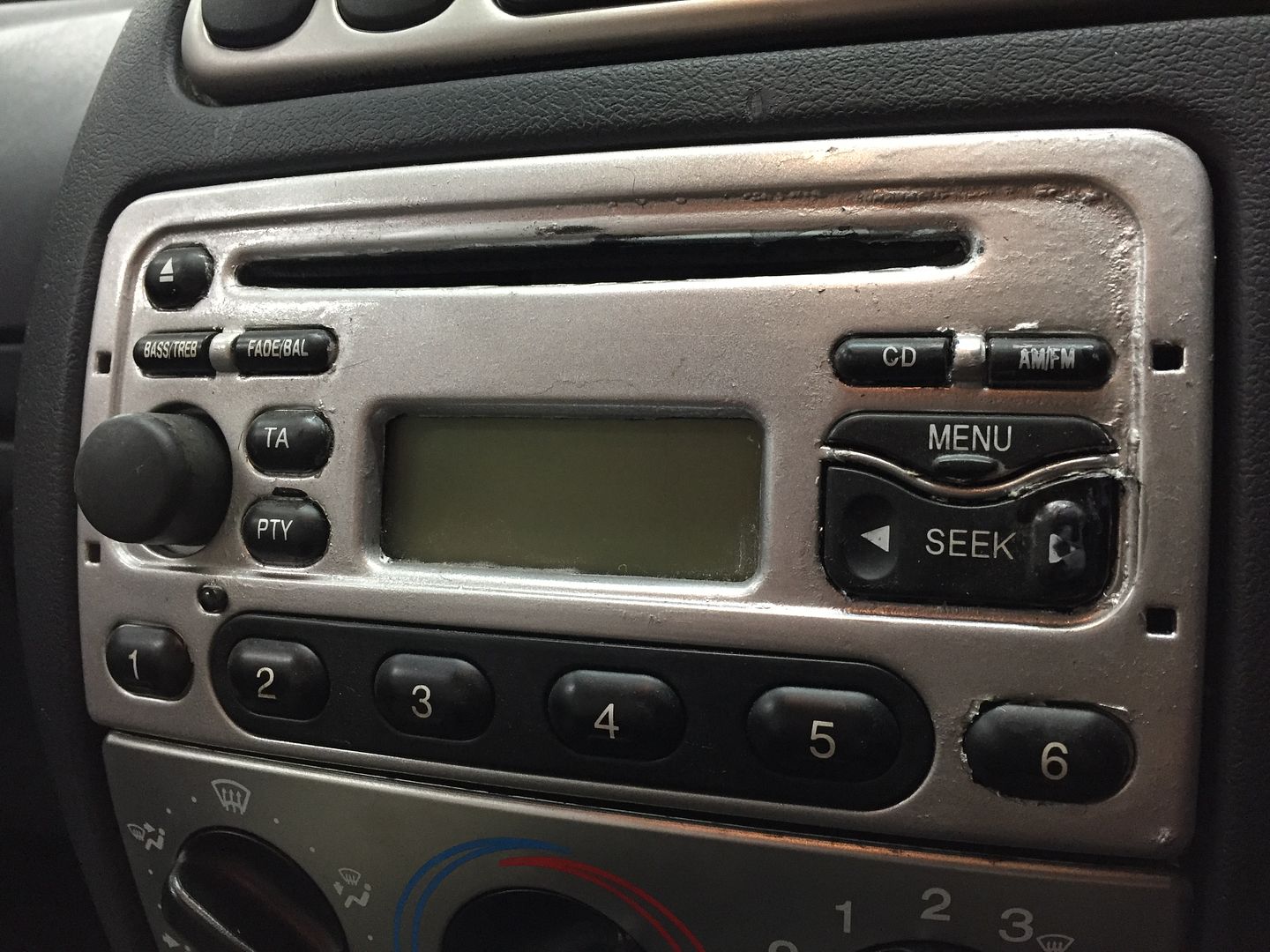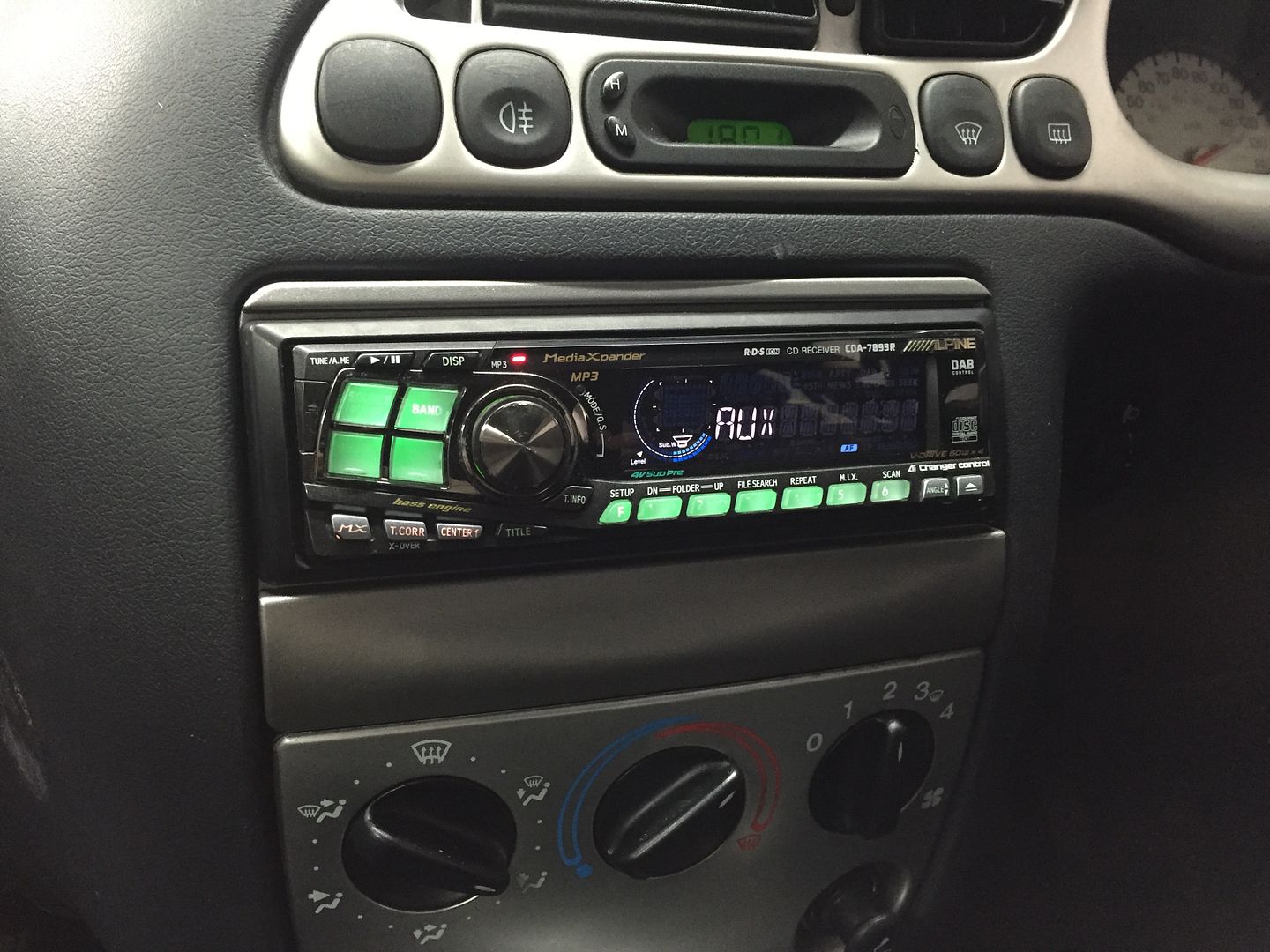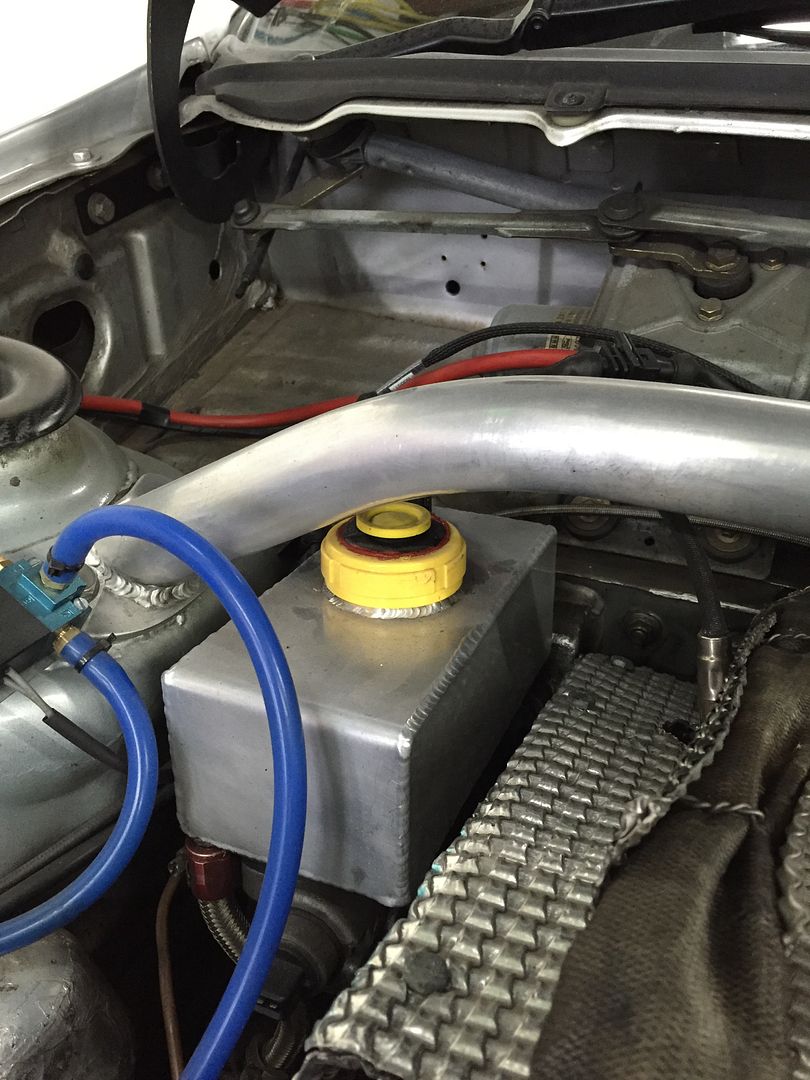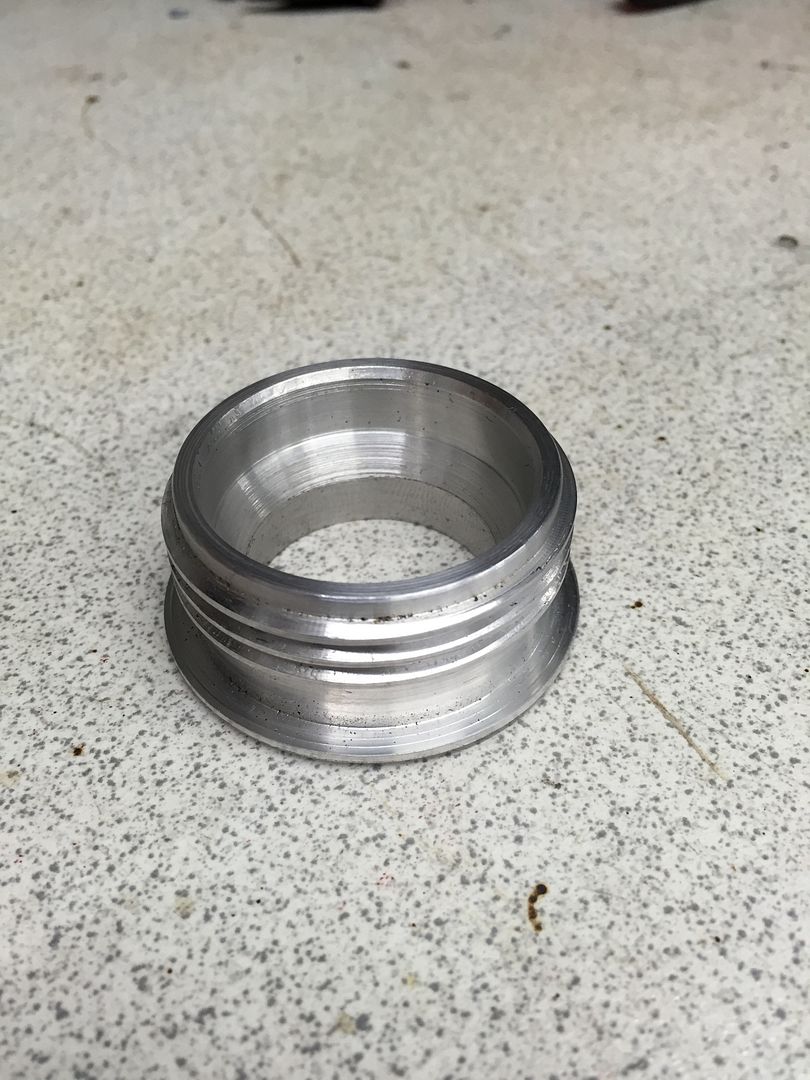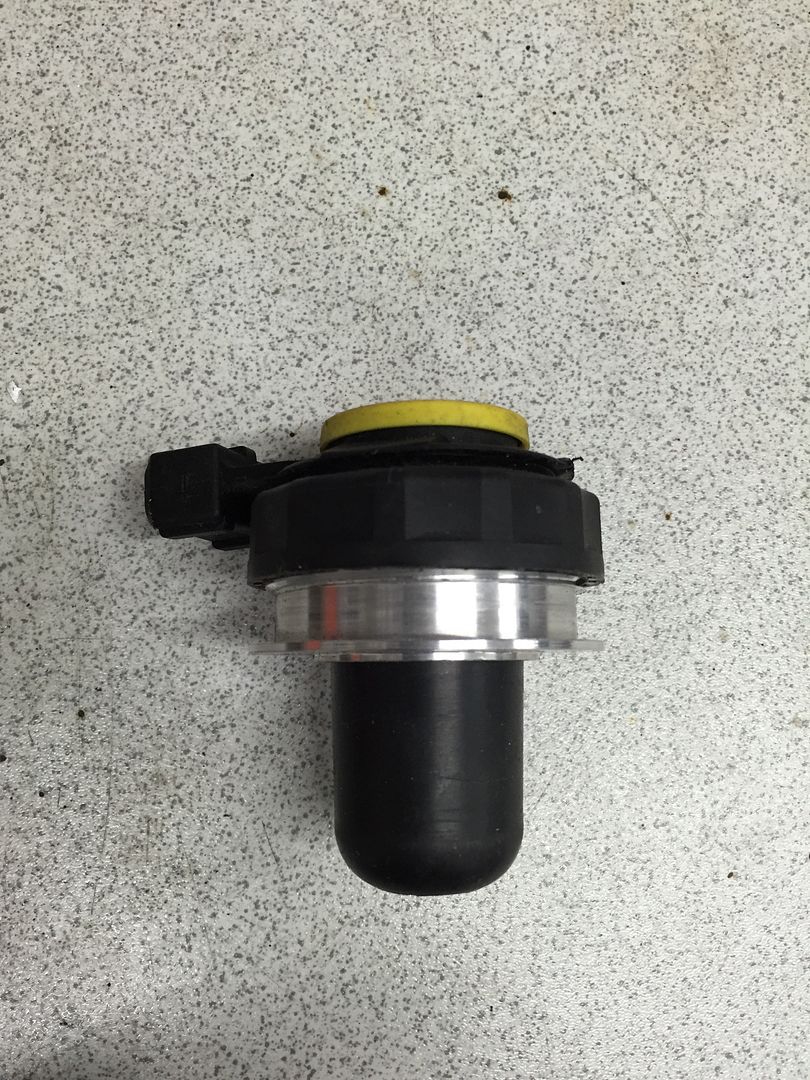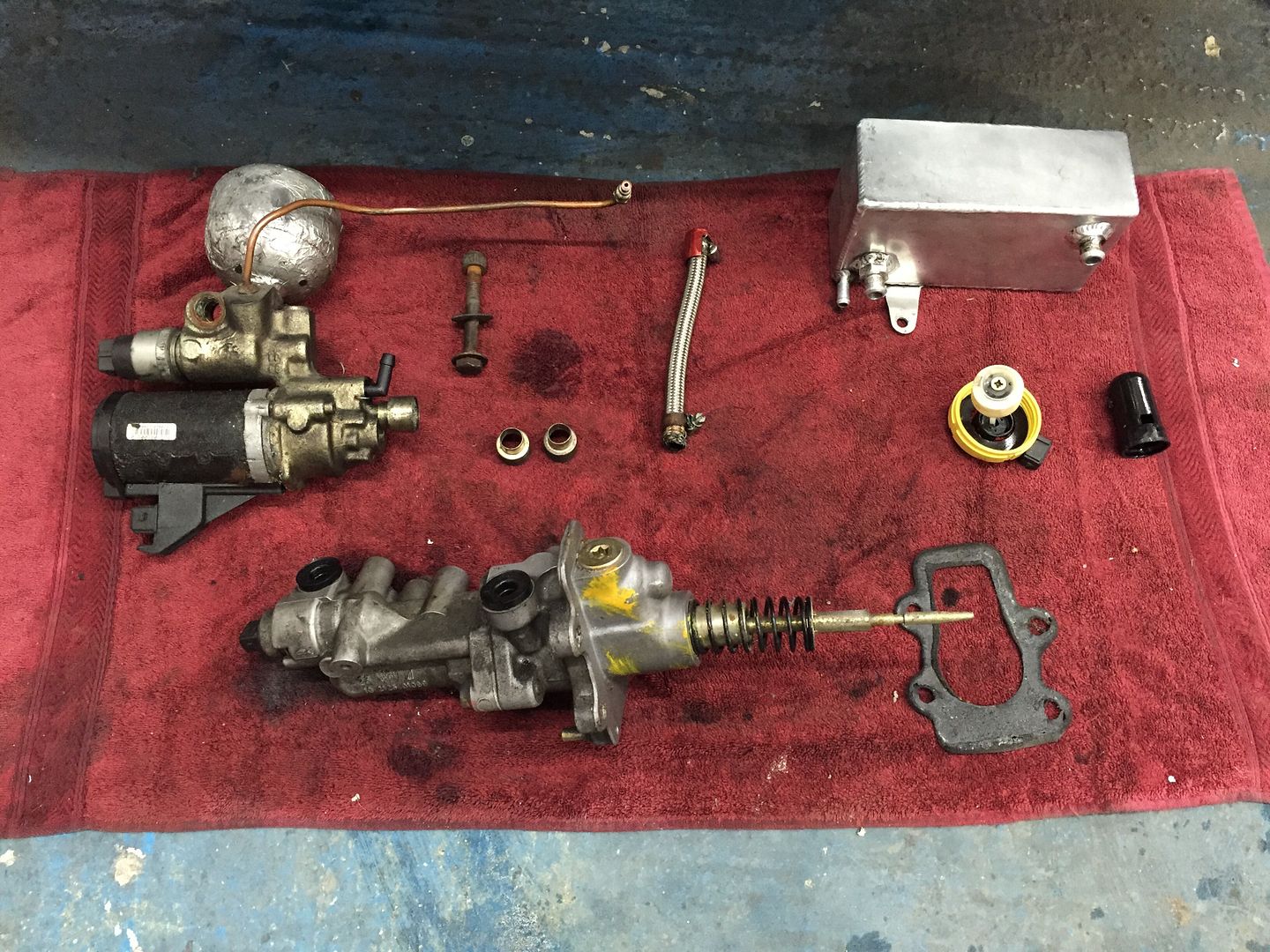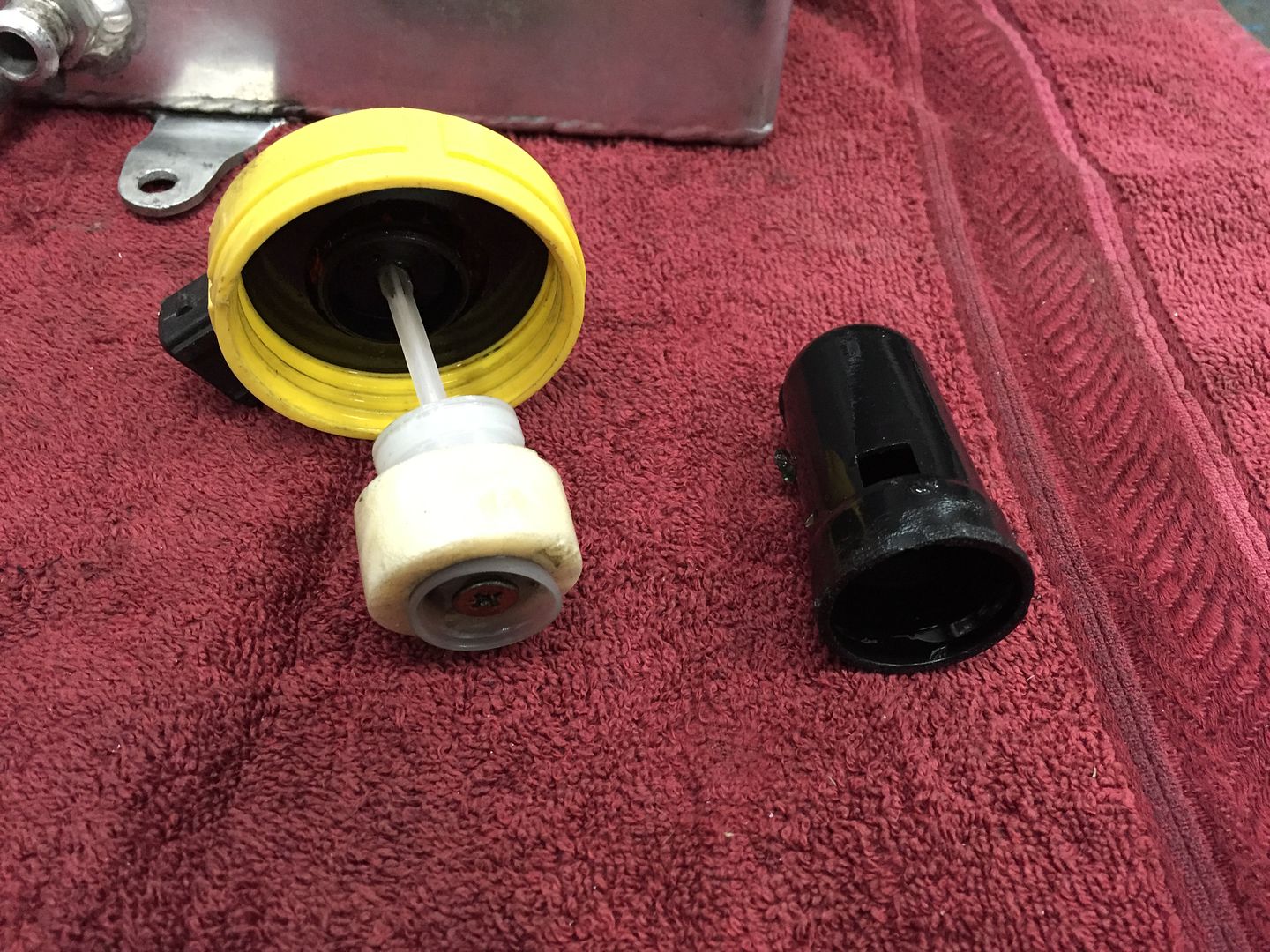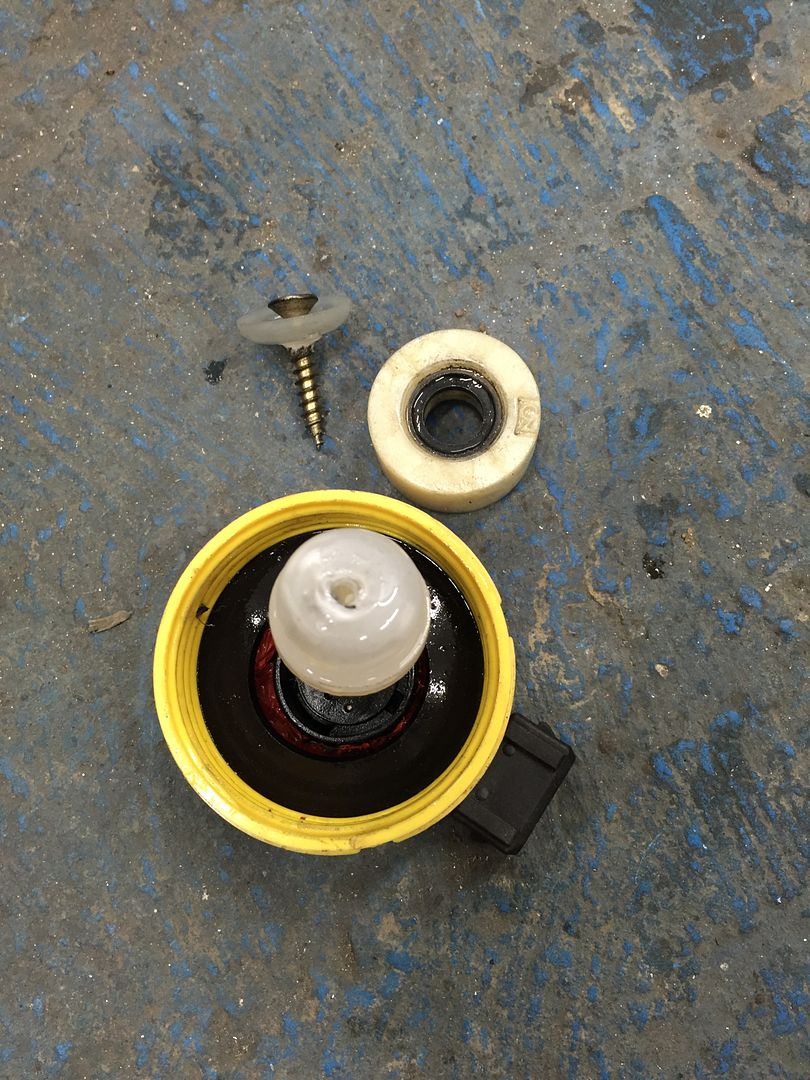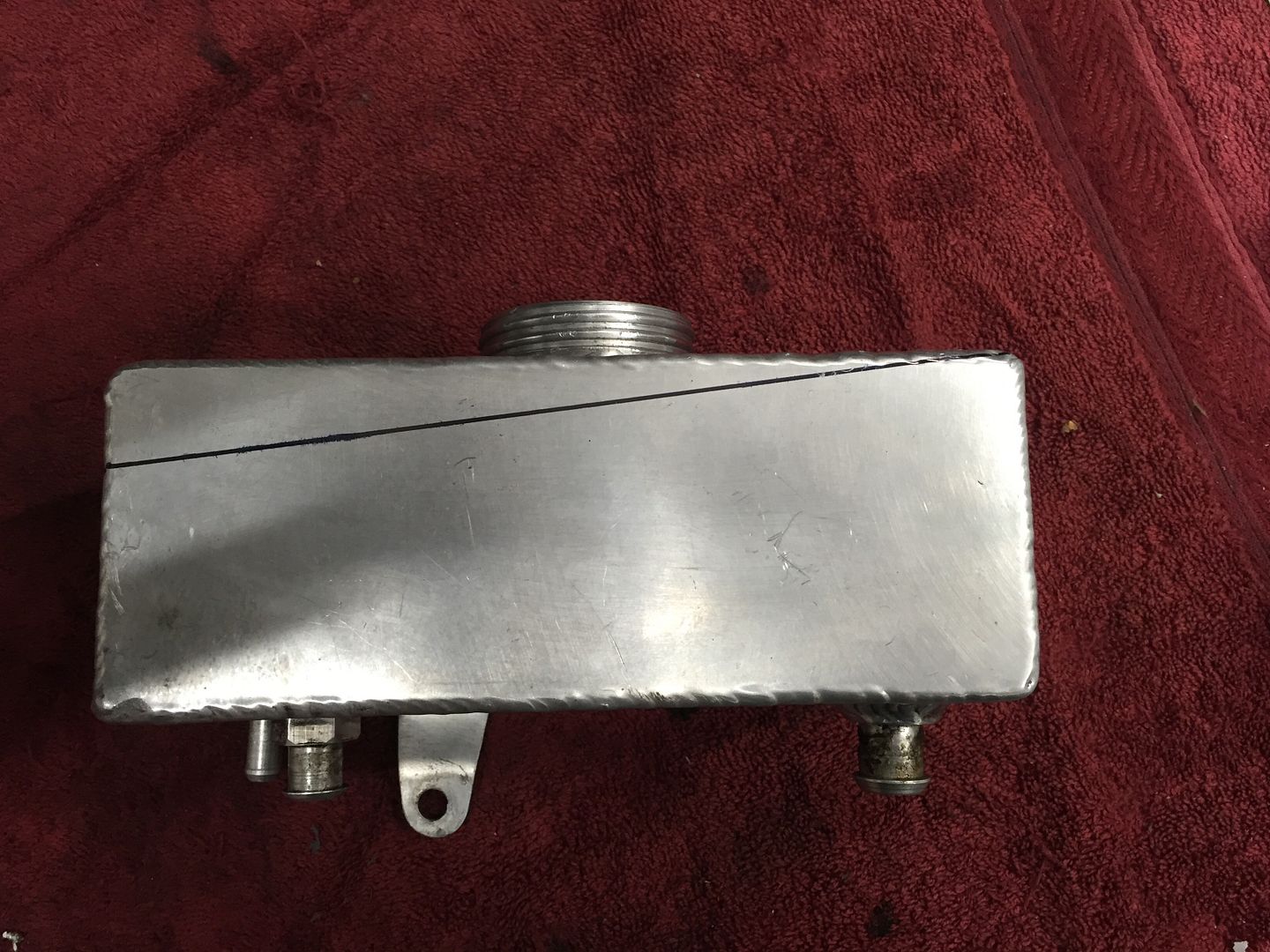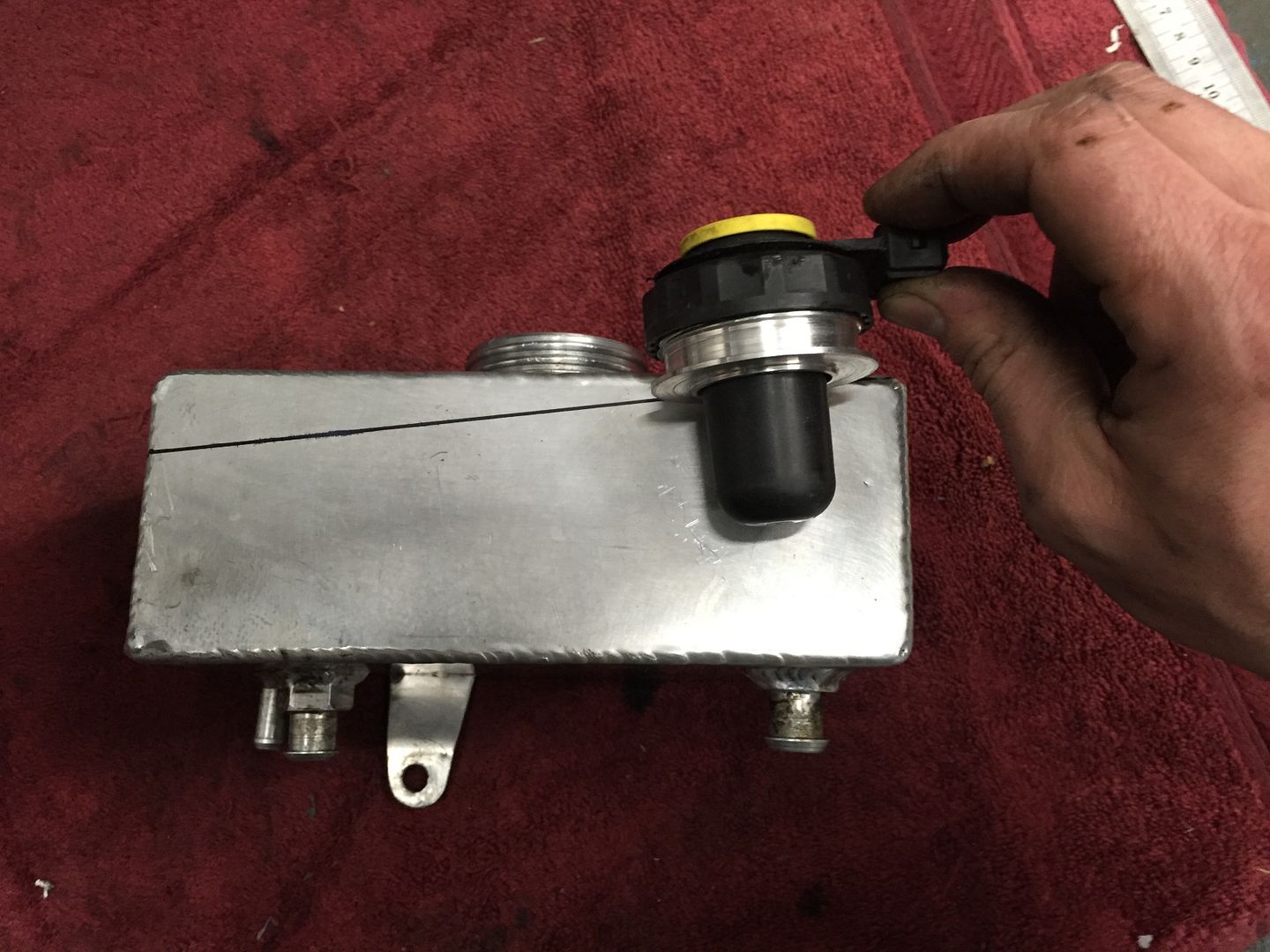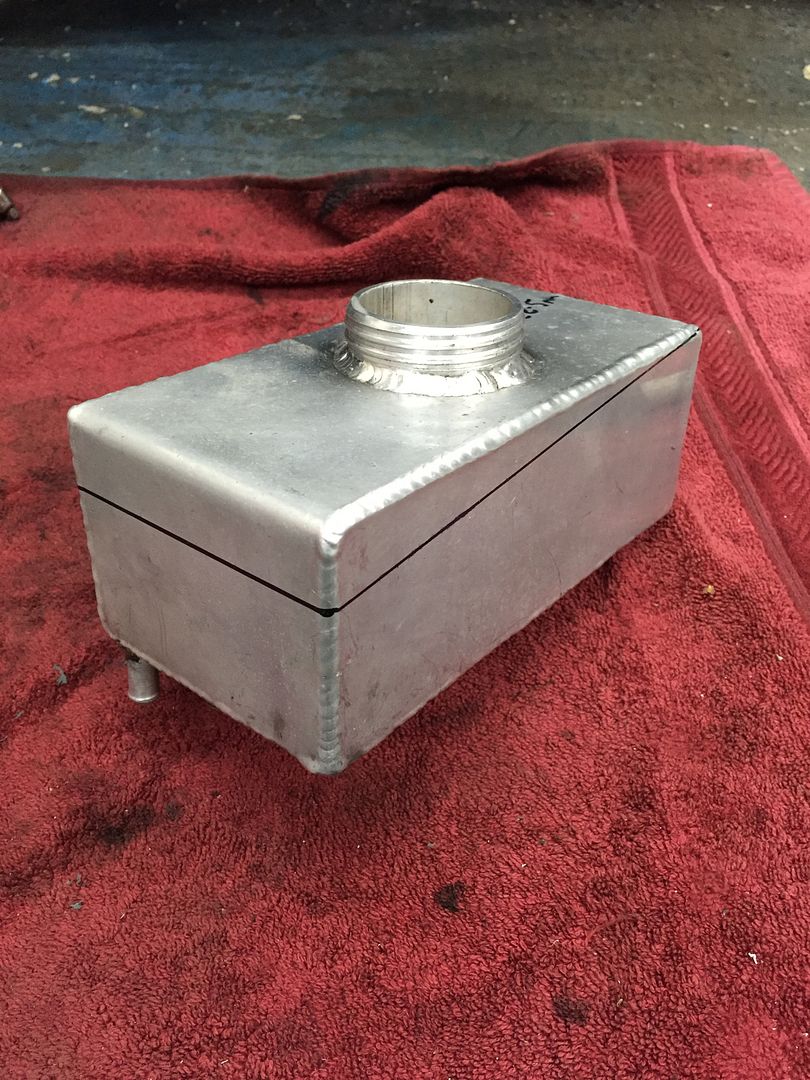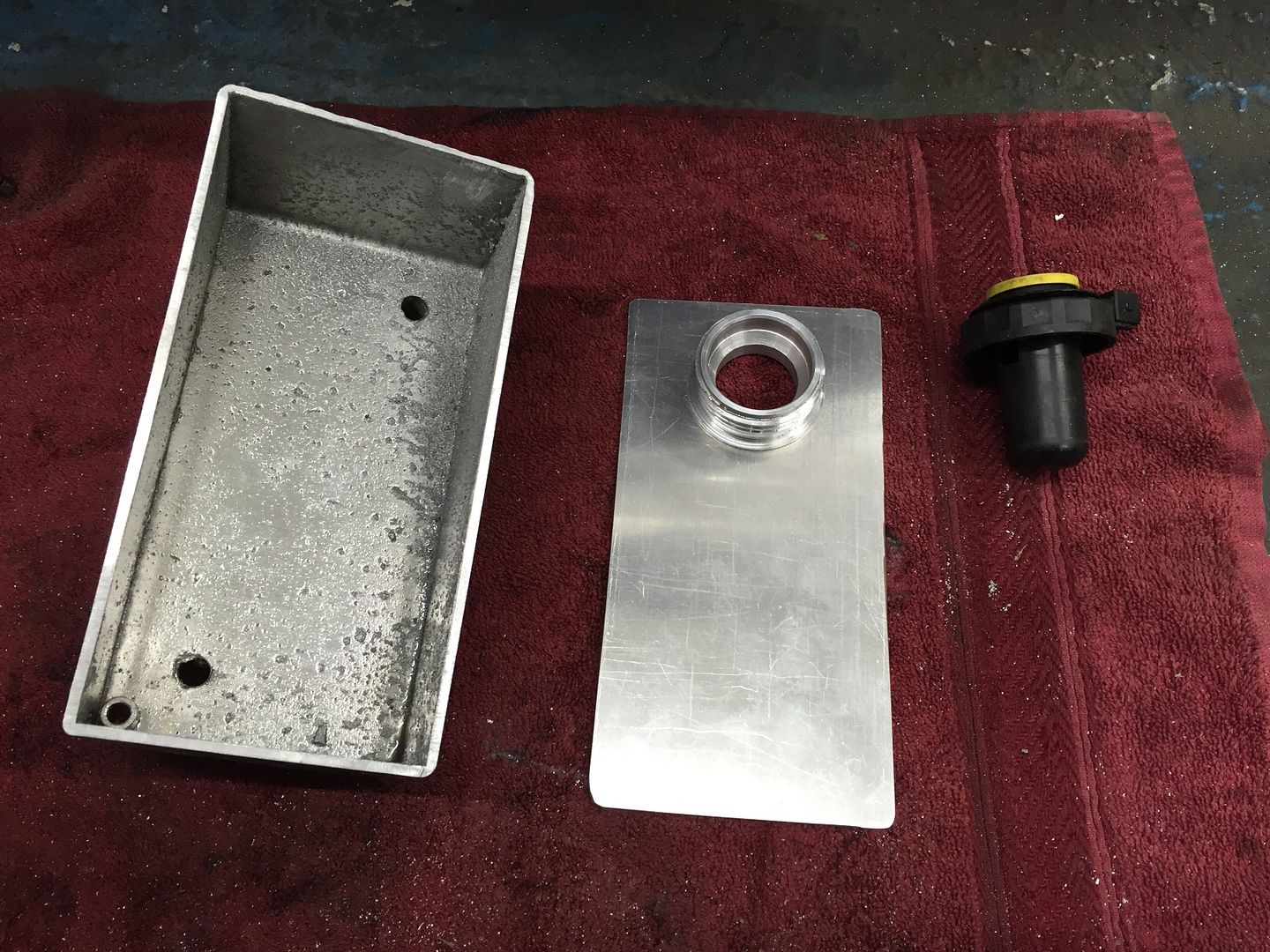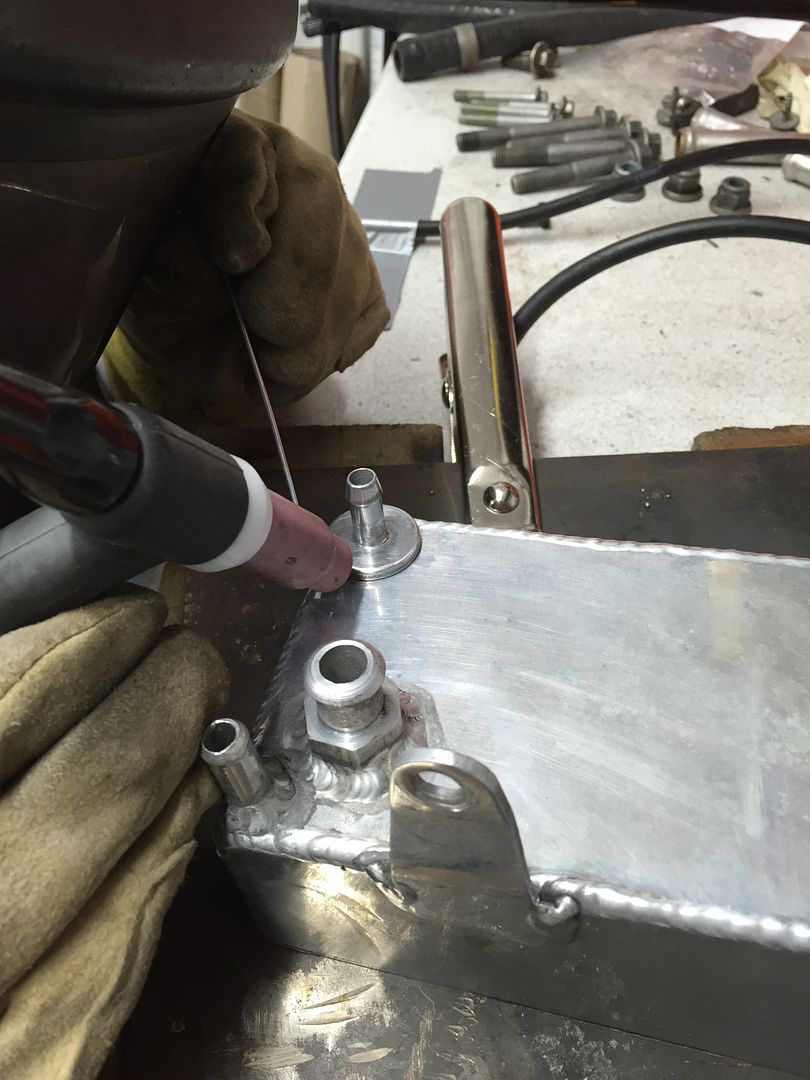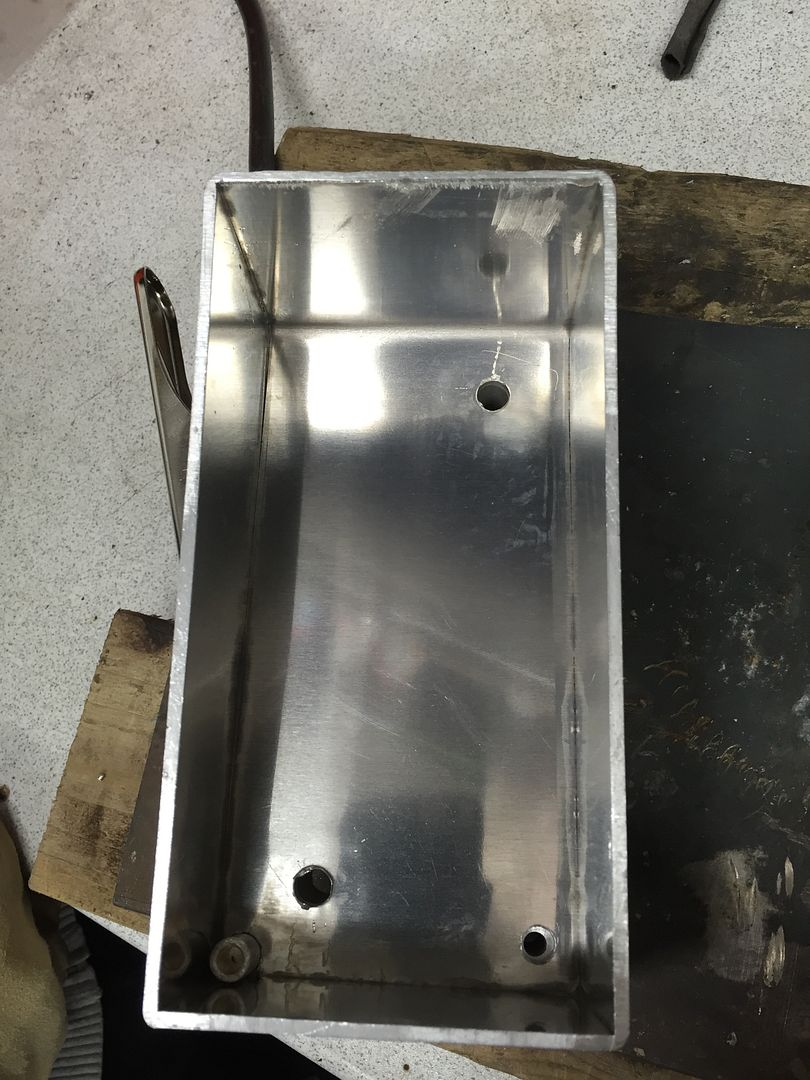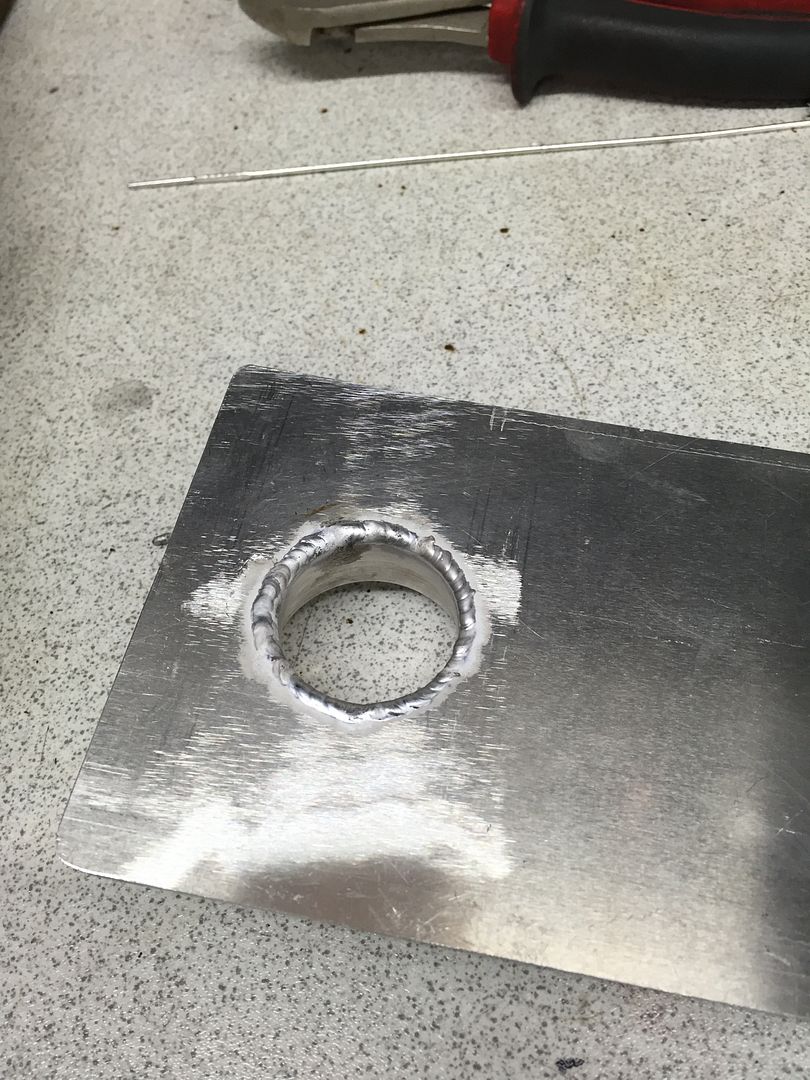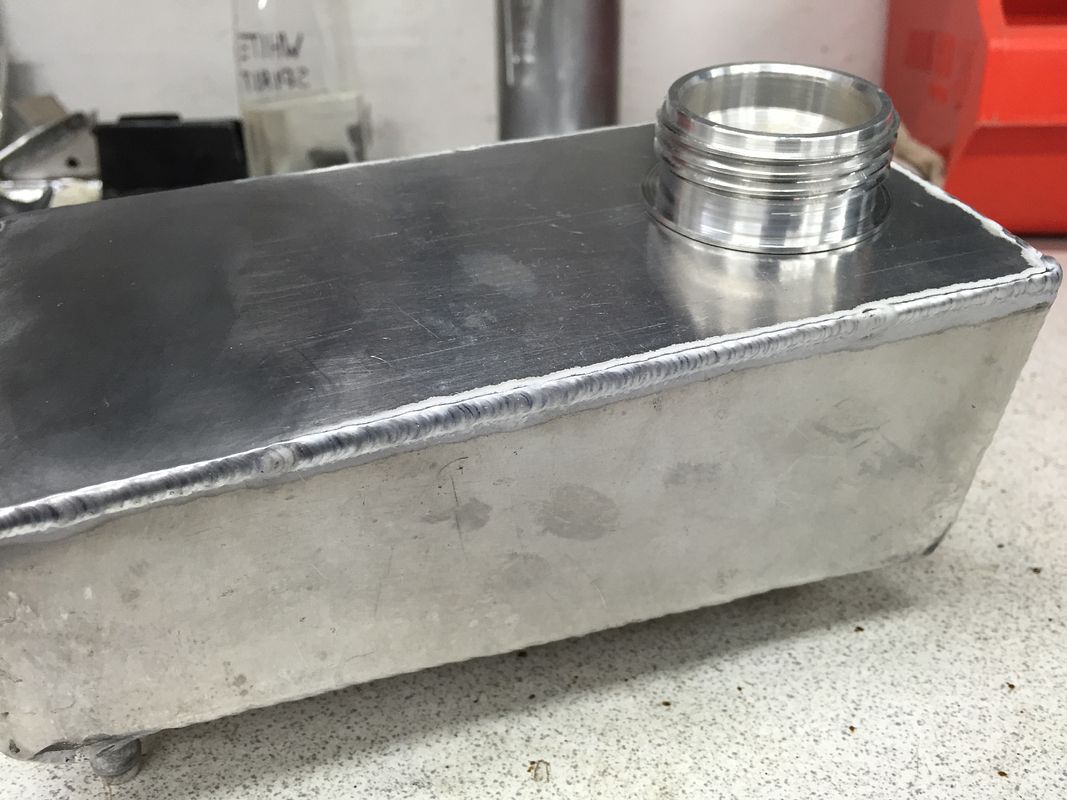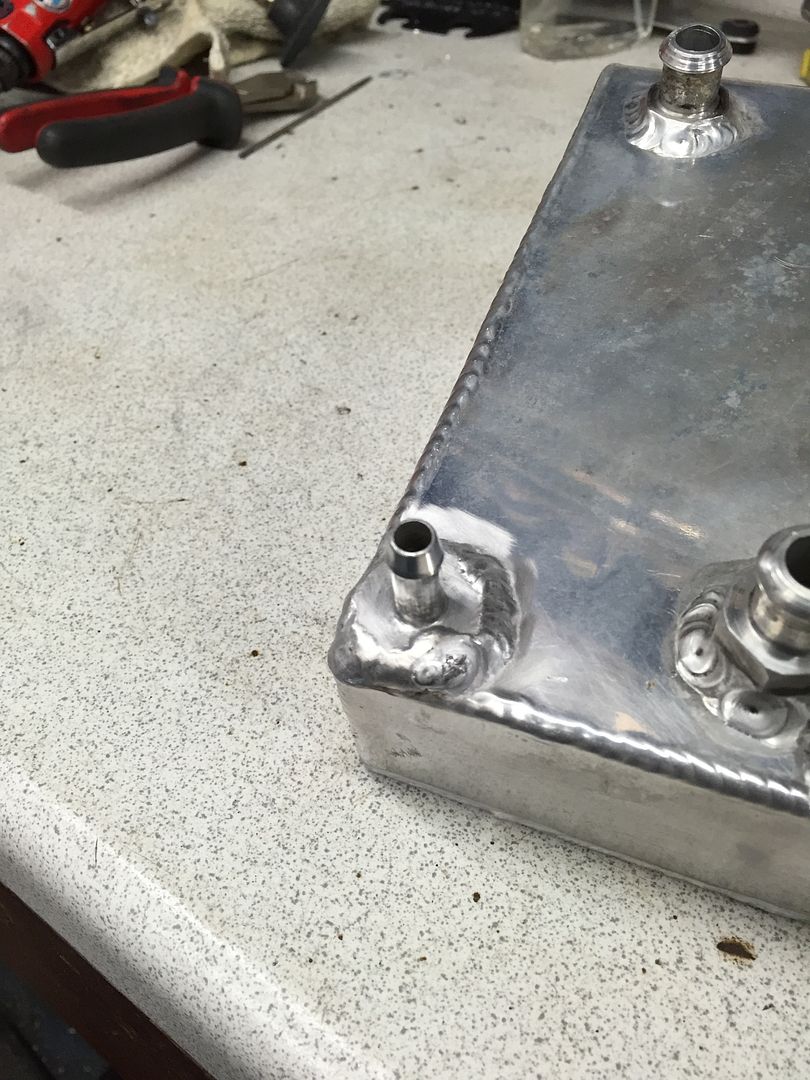McCloud 85
Member
- Joined
- May 13, 2015
- Messages
- 160
Thanks Warren, still think I might get another UJ made with more flexibility or even a complete coupling from the company I bought the custom one from.
Yeah it's bonkers that you have to take the bumper off, didn't think about using rivnuts in the rear panel. Might look at that next time the bumpers off. Although I'm hoping this solenoid shouldn't need replacing anytime soon!
My thoughts are that the steering caused the ball joint to go. The steering had its tracking off, but wasn't really noticeable with the play in the coupling, and so the wheel was always wondering slightly and this I think accelerated the wear on the joint.
The engine seems to be a good one, when I had the head off the wear on the bores was minimal and movement in the Pistons was also very minimal. When it comes on boost it is off! To be honest I'm not actually sure on the exact figure but it's round 2 bar. The car uses focus rs mk1 injectors, they fuel around 450cc but are high impedance injectors and so work with omex without the need for resistors like the greys would have needed.
Power wise for the moment I'm happy with it. The gearbox is a concern, this is why the torque has been ignition limited to 306 lb/ft in an attempt to be 'softer' on the box. Only time will tell! I know if I change the turbo and go for more I'll have to pay some attention to the box and diffs.
I need to get some proper time behind the wheel of this car is a big open space and really get to grips with it, I keep seeing all these videos and photos of it and need to give it a go myself! Looking at it in that photo makes me think it really needs the spoiler back!
Yeah it's bonkers that you have to take the bumper off, didn't think about using rivnuts in the rear panel. Might look at that next time the bumpers off. Although I'm hoping this solenoid shouldn't need replacing anytime soon!
My thoughts are that the steering caused the ball joint to go. The steering had its tracking off, but wasn't really noticeable with the play in the coupling, and so the wheel was always wondering slightly and this I think accelerated the wear on the joint.
The engine seems to be a good one, when I had the head off the wear on the bores was minimal and movement in the Pistons was also very minimal. When it comes on boost it is off! To be honest I'm not actually sure on the exact figure but it's round 2 bar. The car uses focus rs mk1 injectors, they fuel around 450cc but are high impedance injectors and so work with omex without the need for resistors like the greys would have needed.
Power wise for the moment I'm happy with it. The gearbox is a concern, this is why the torque has been ignition limited to 306 lb/ft in an attempt to be 'softer' on the box. Only time will tell! I know if I change the turbo and go for more I'll have to pay some attention to the box and diffs.
I need to get some proper time behind the wheel of this car is a big open space and really get to grips with it, I keep seeing all these videos and photos of it and need to give it a go myself! Looking at it in that photo makes me think it really needs the spoiler back!

